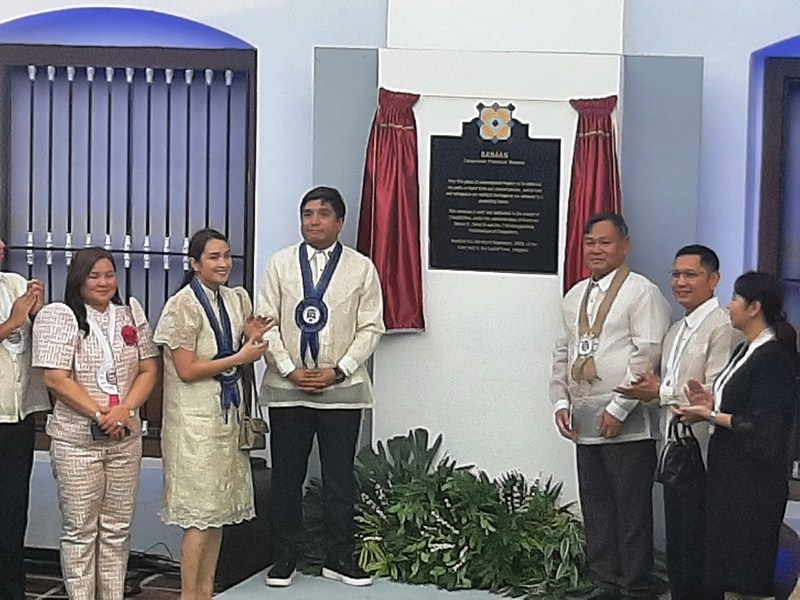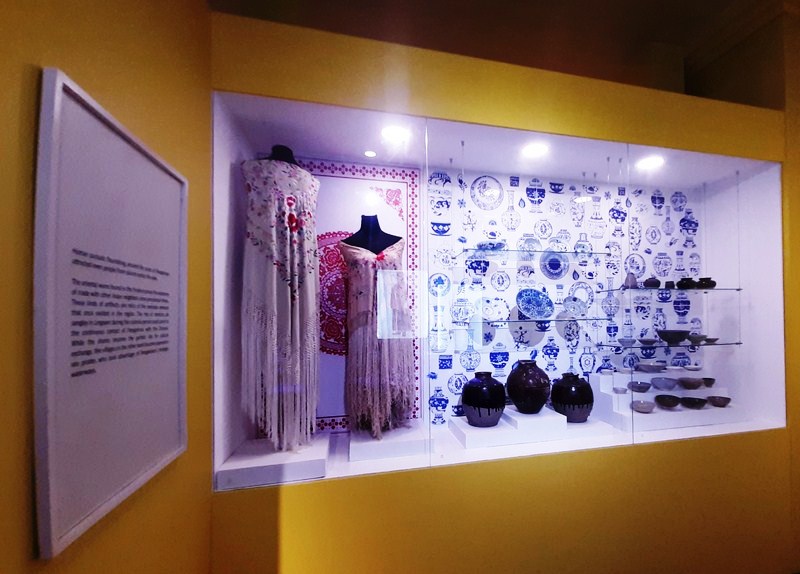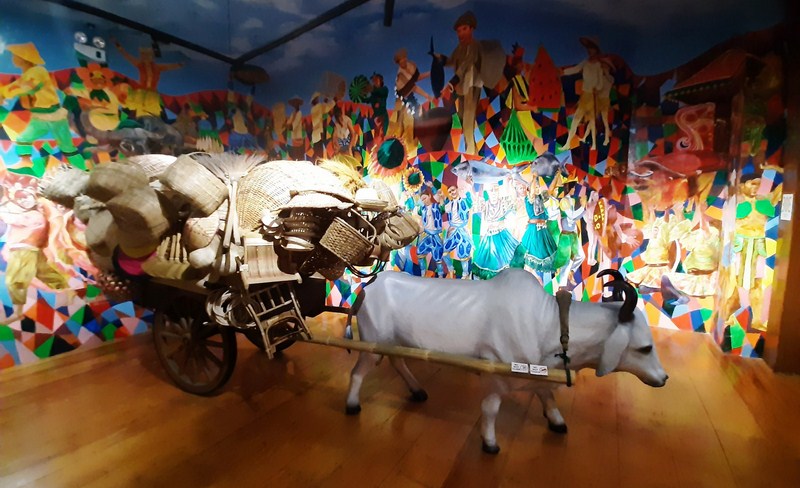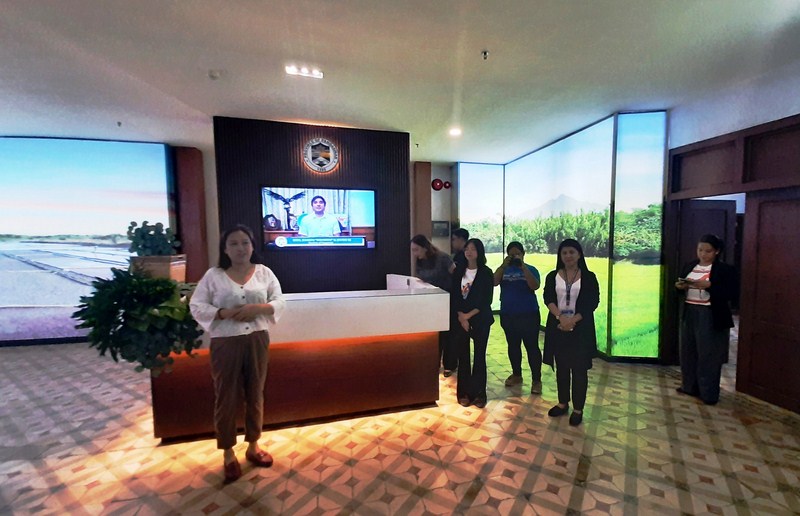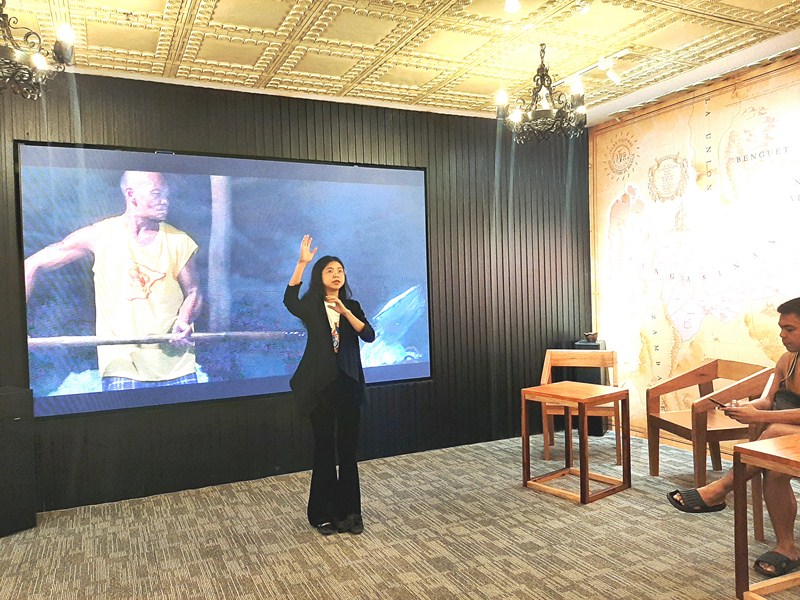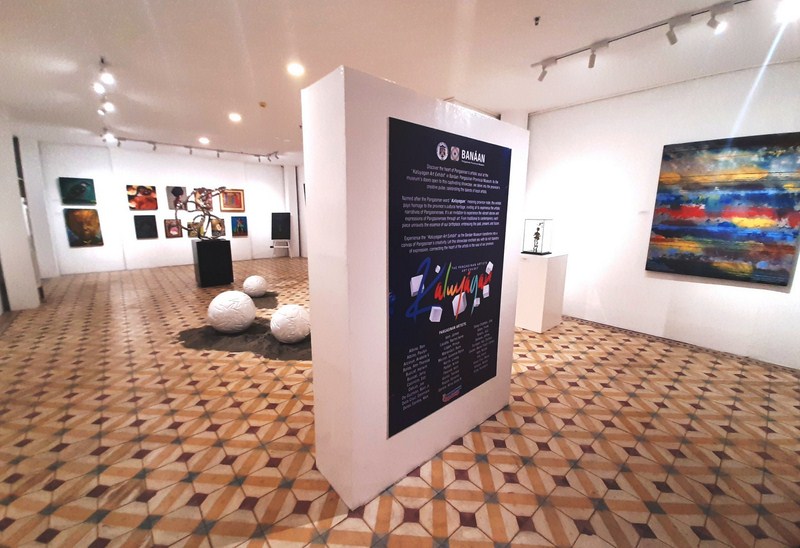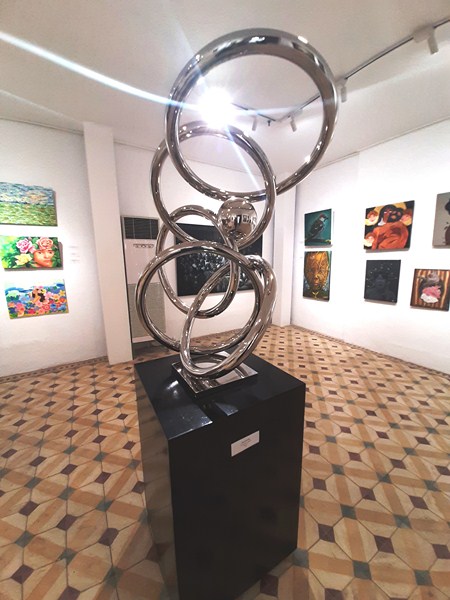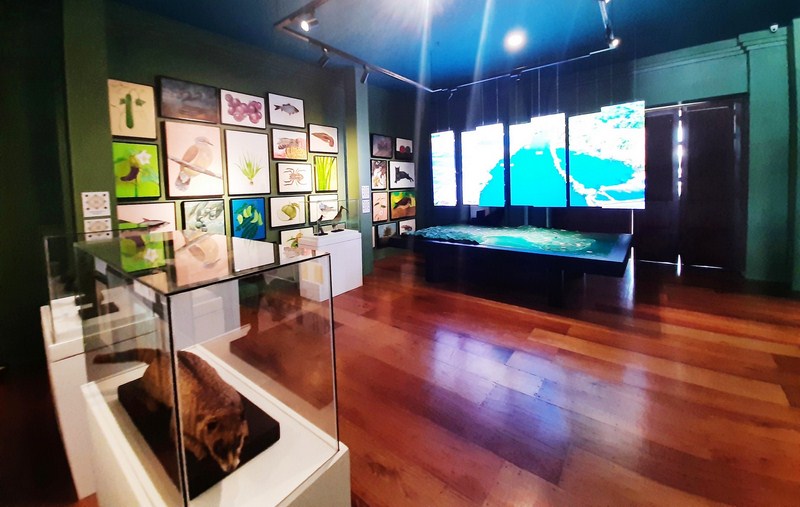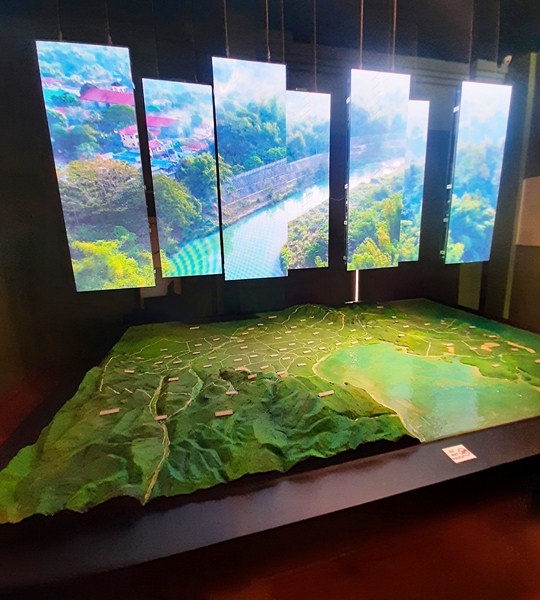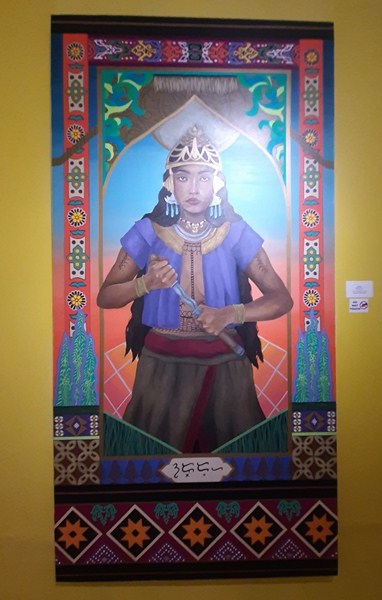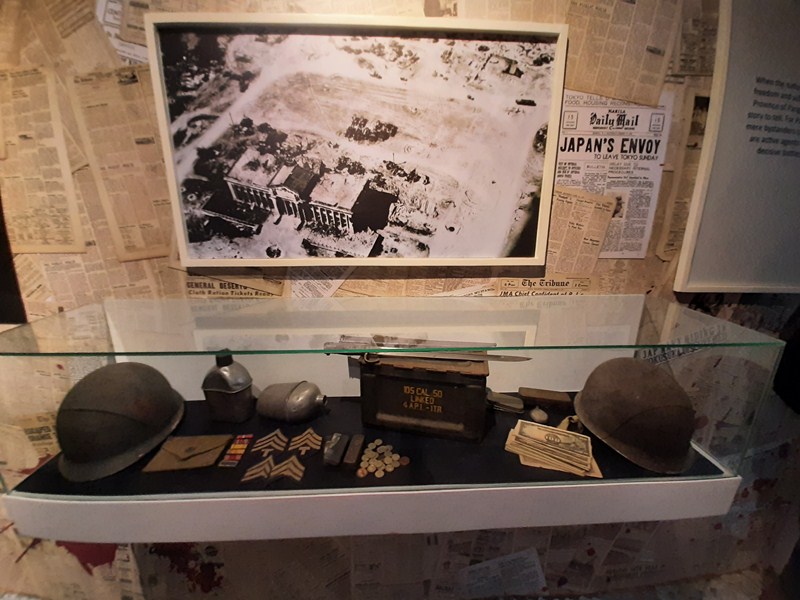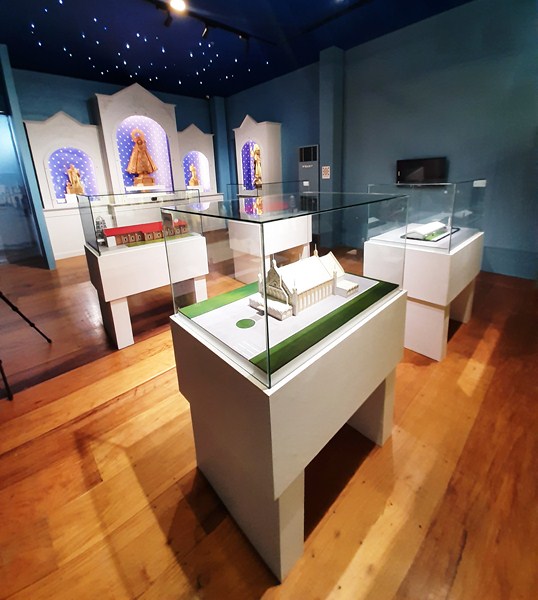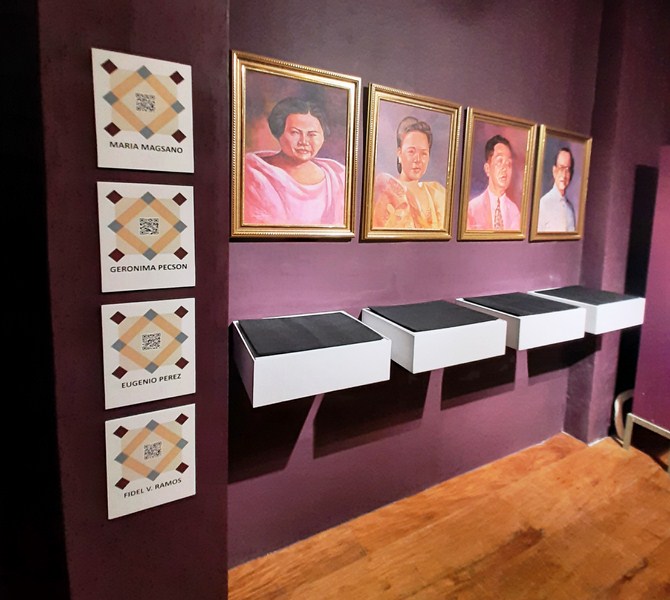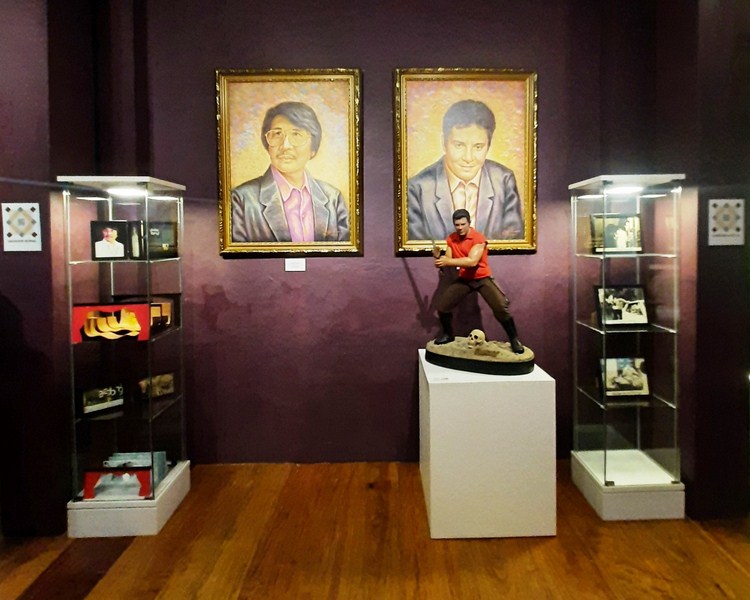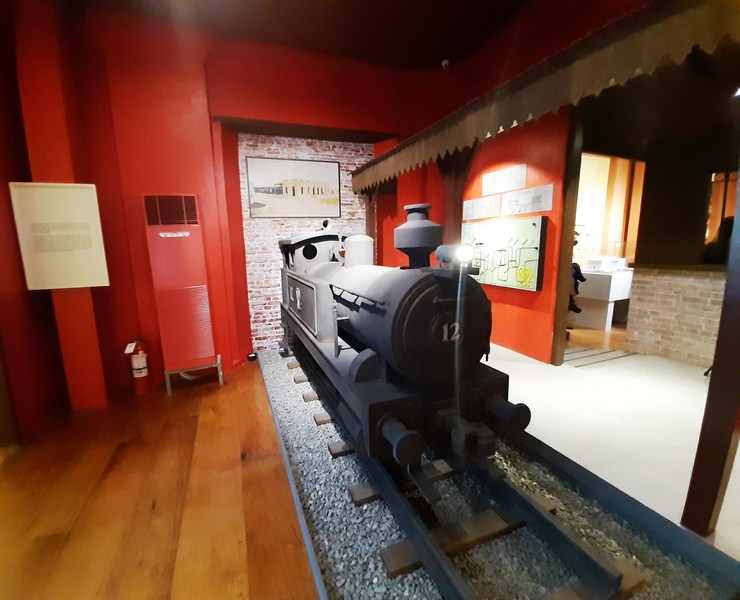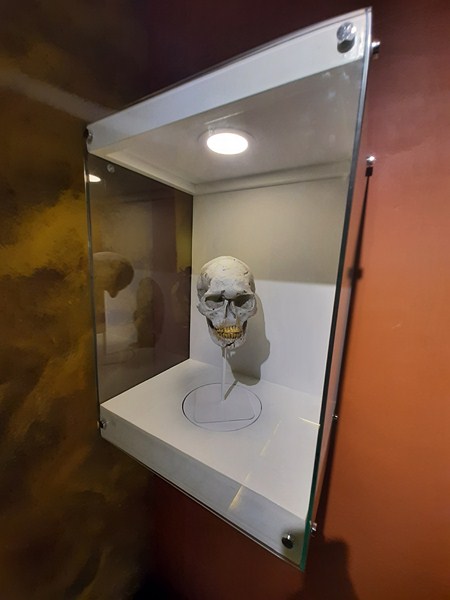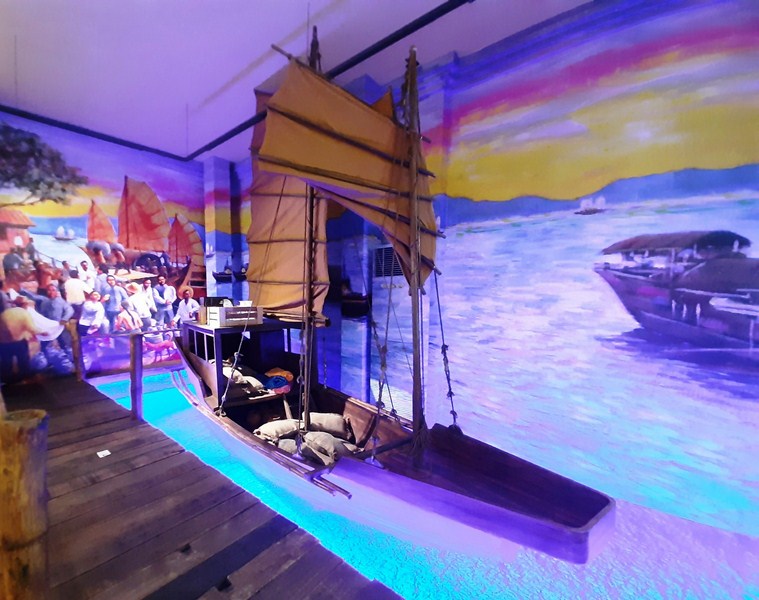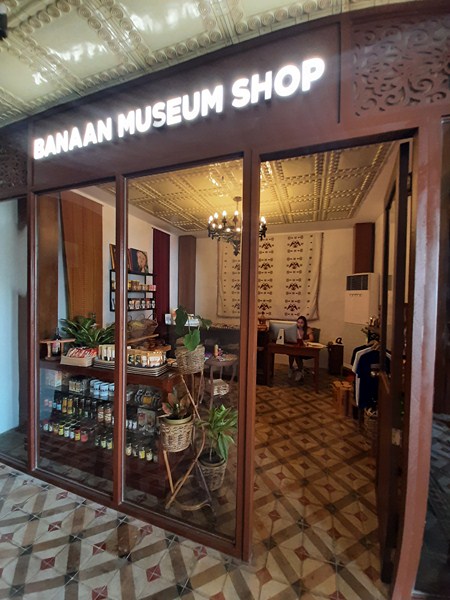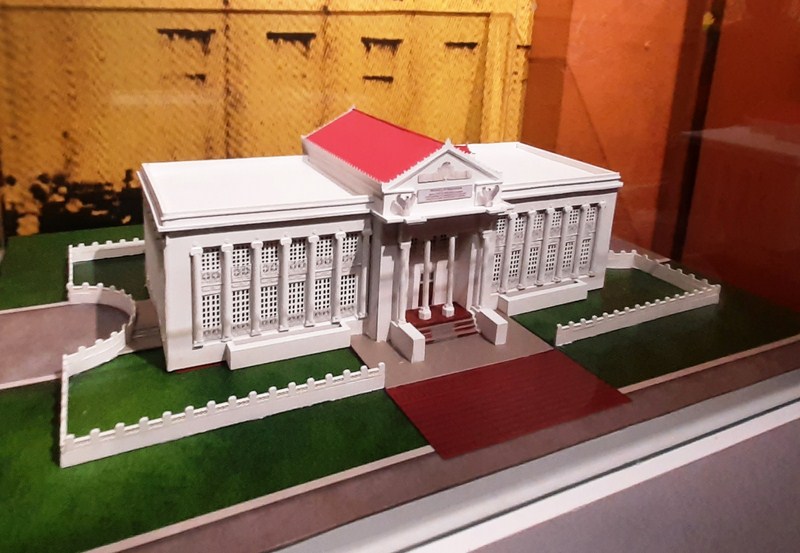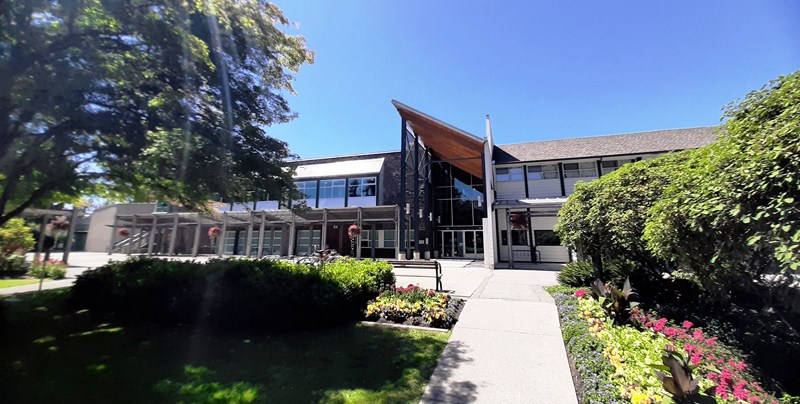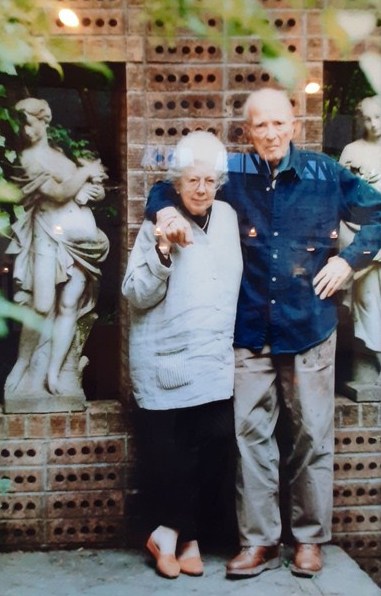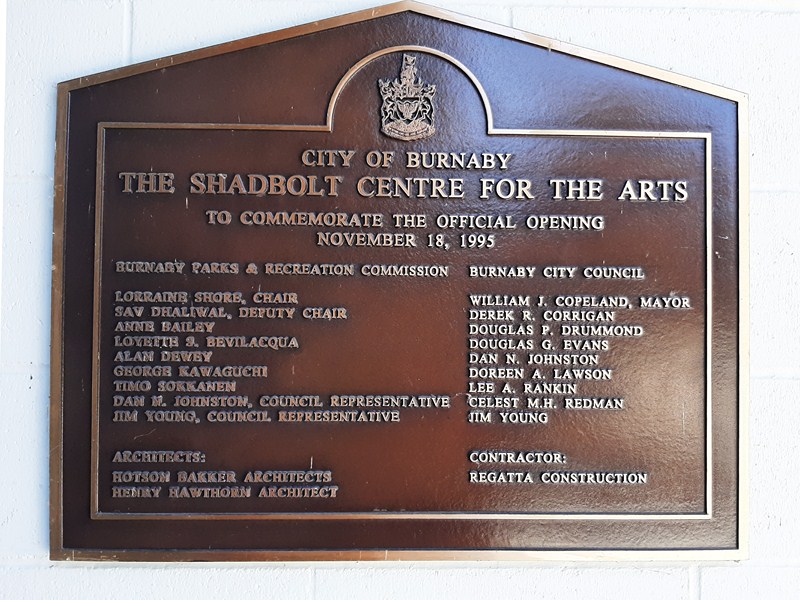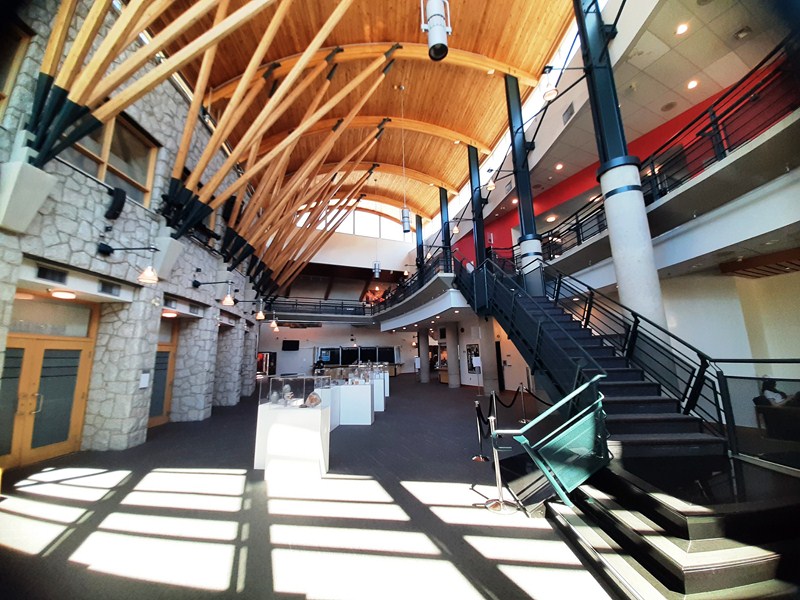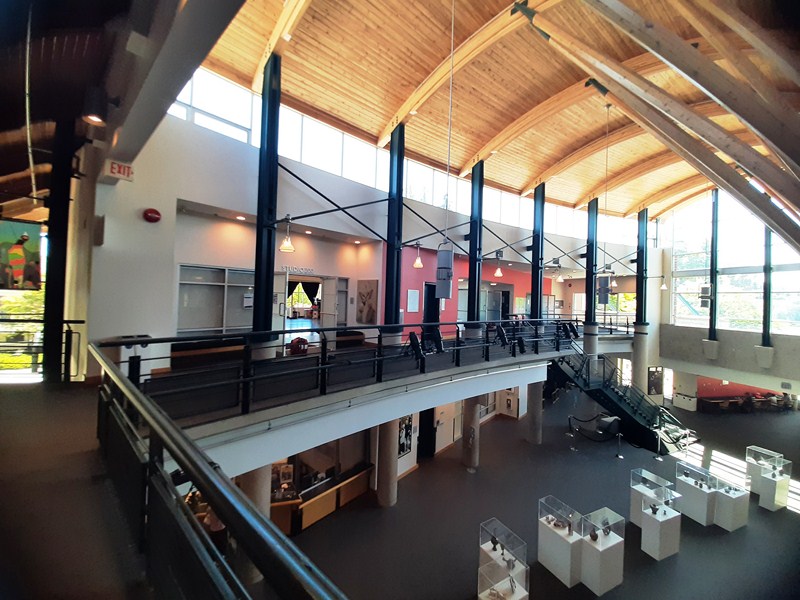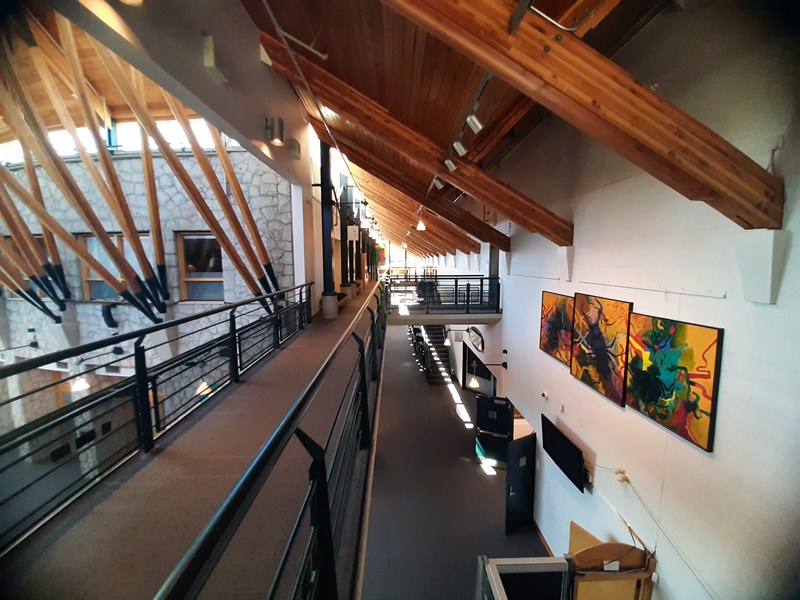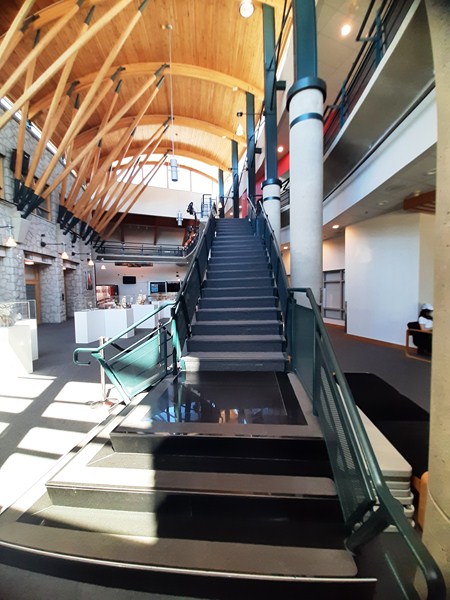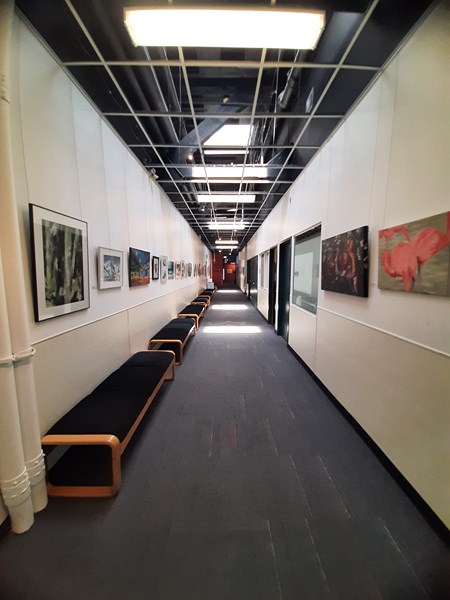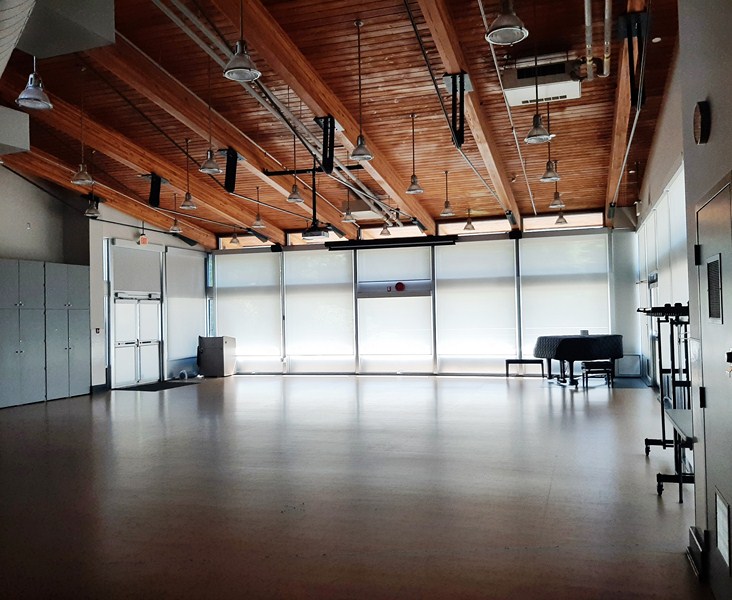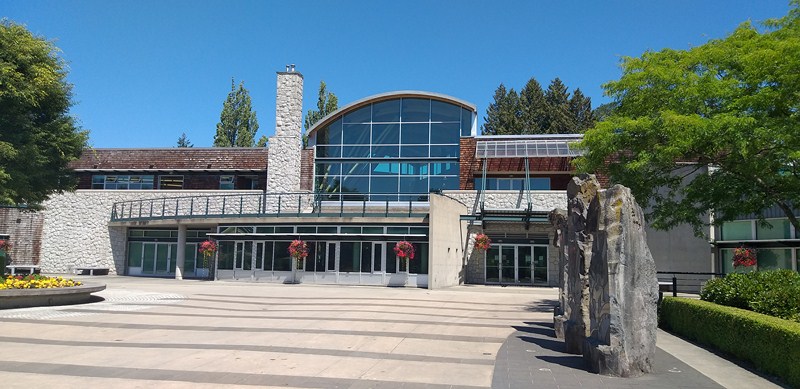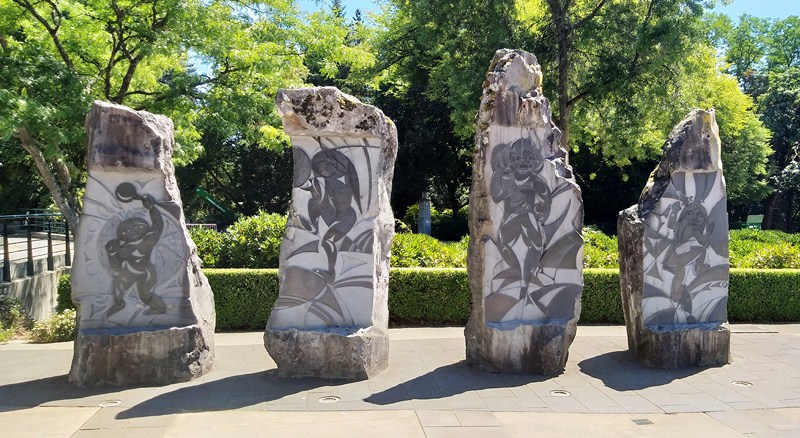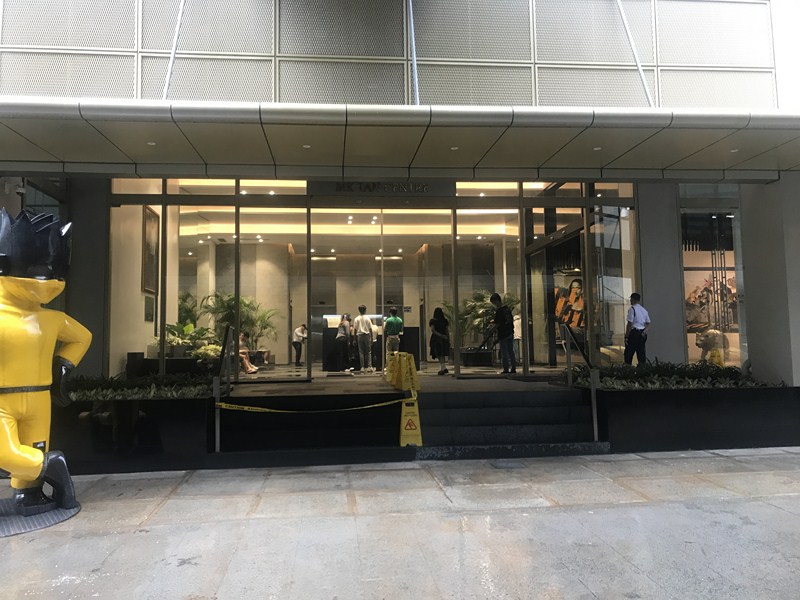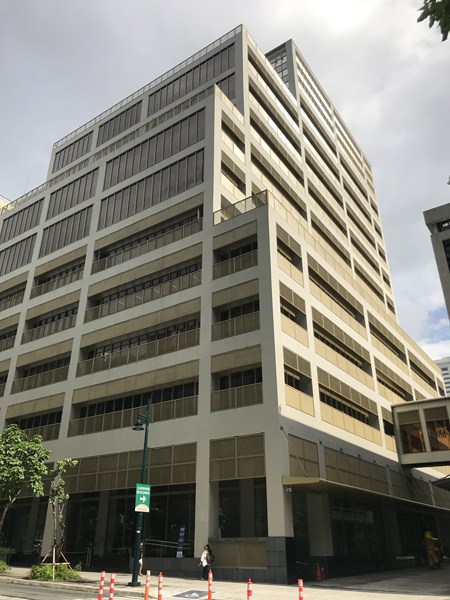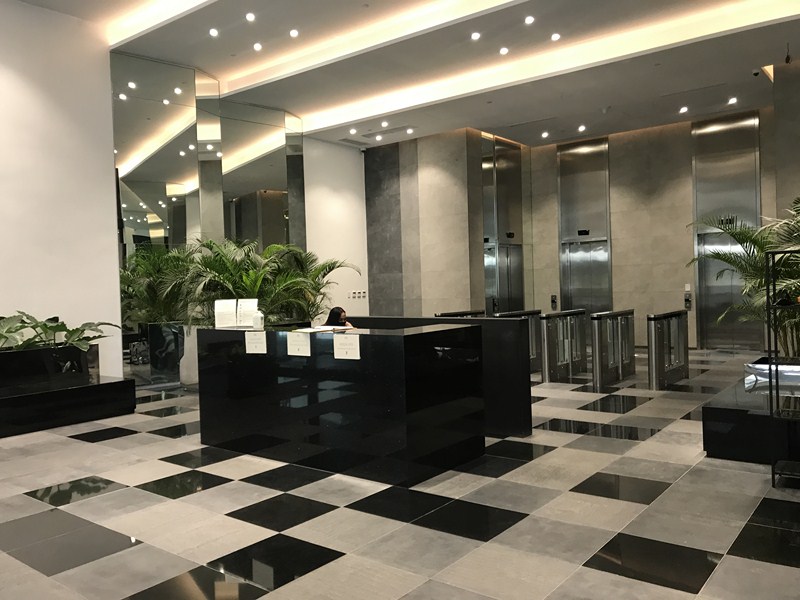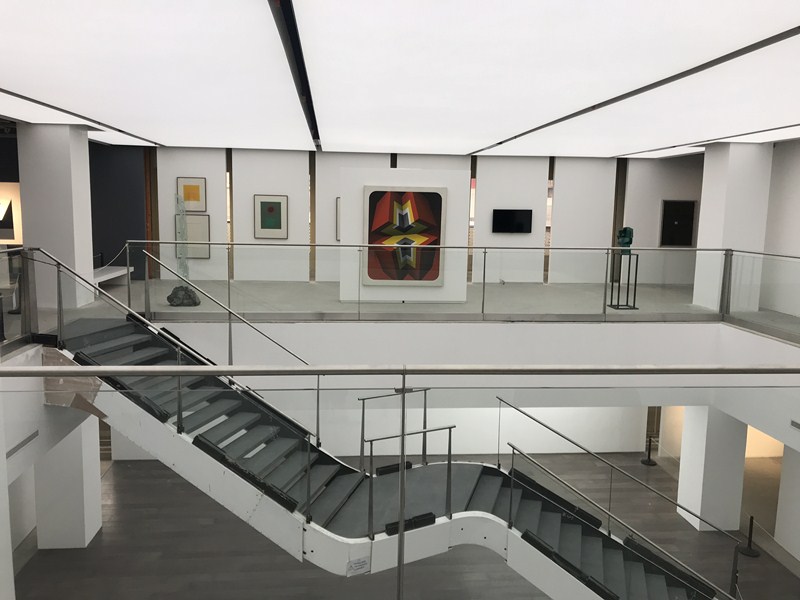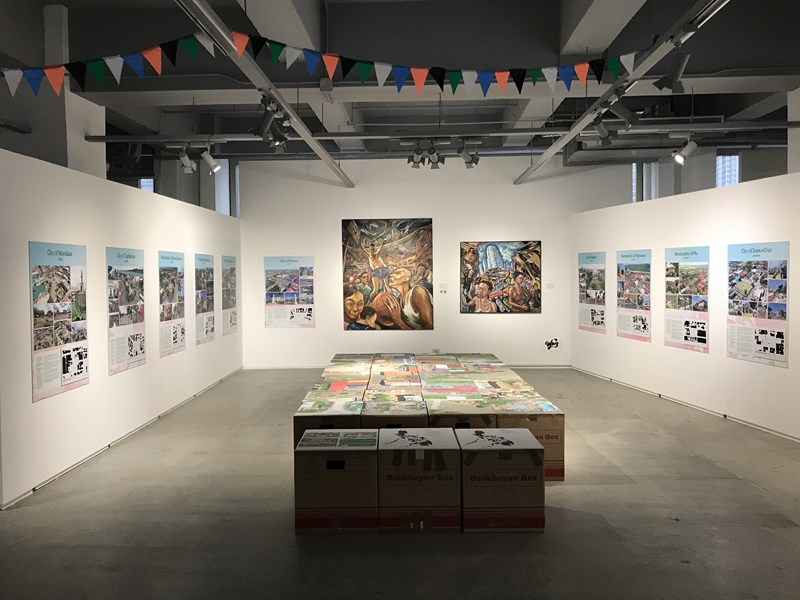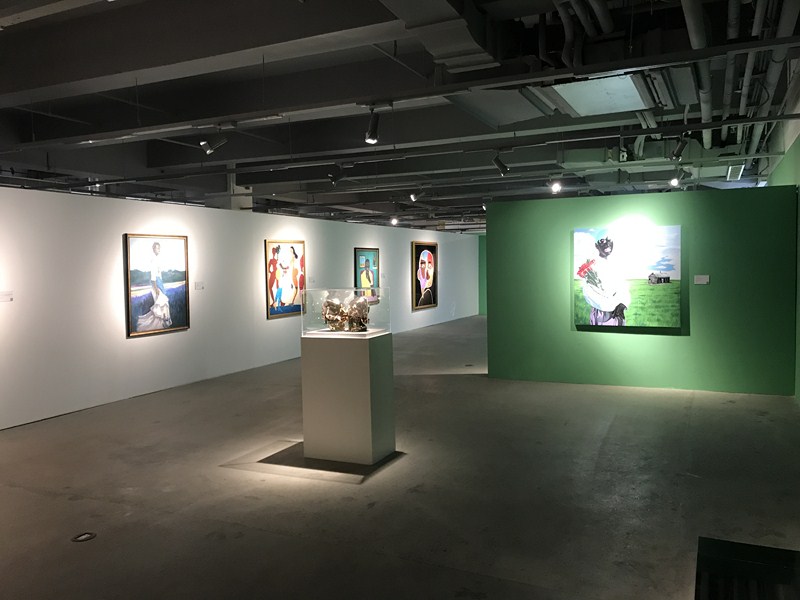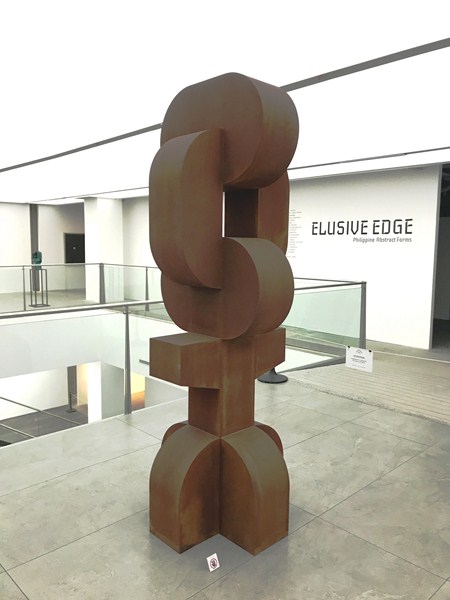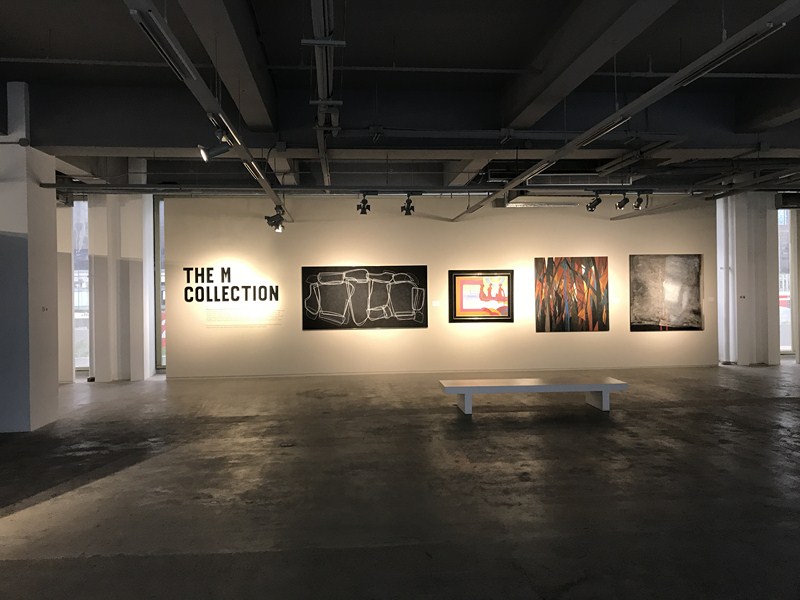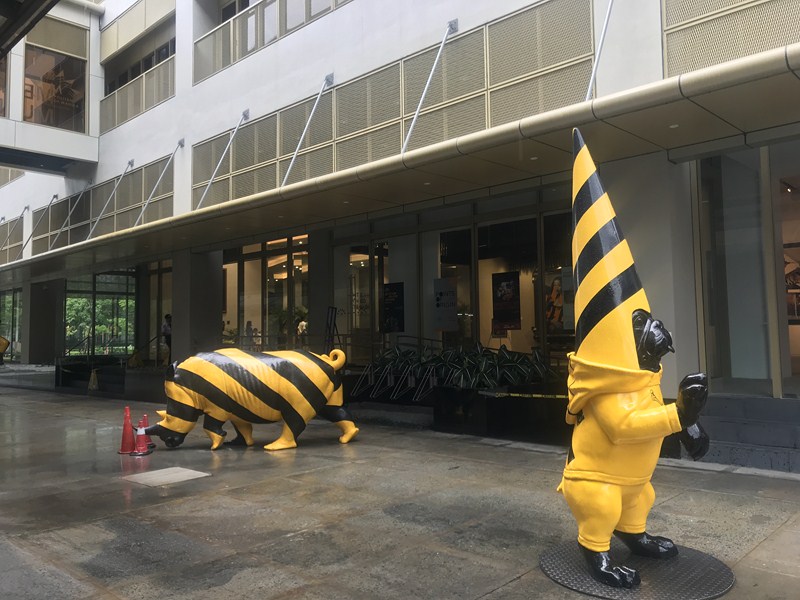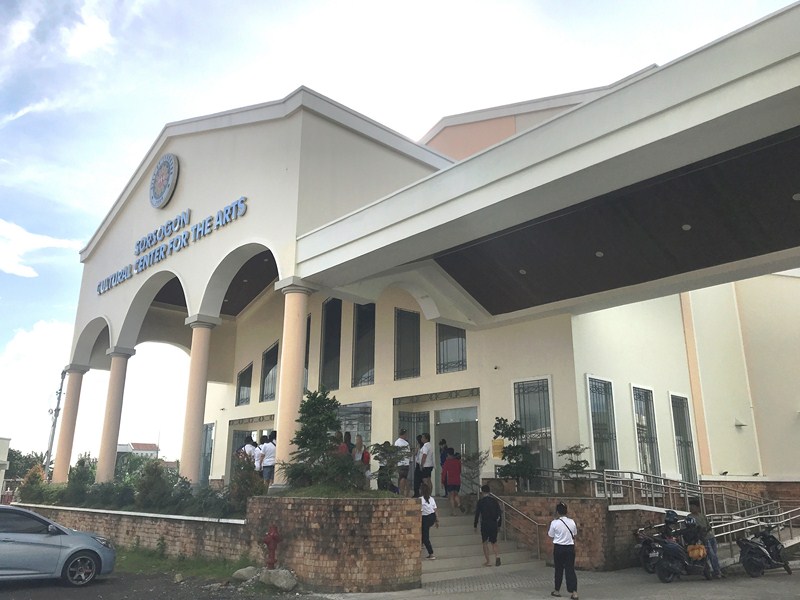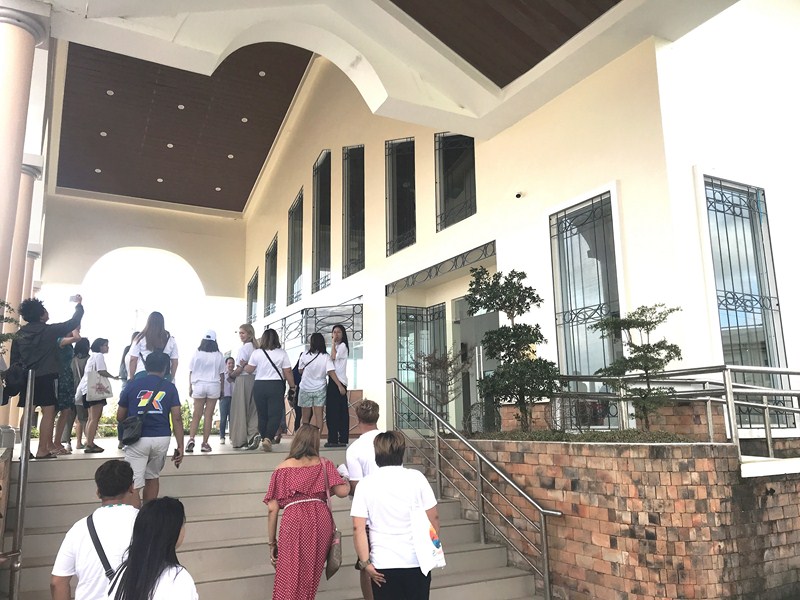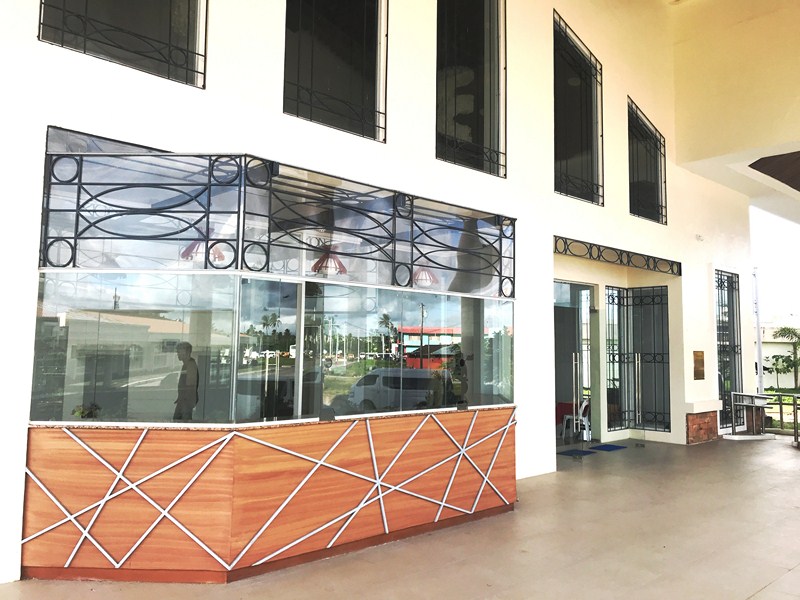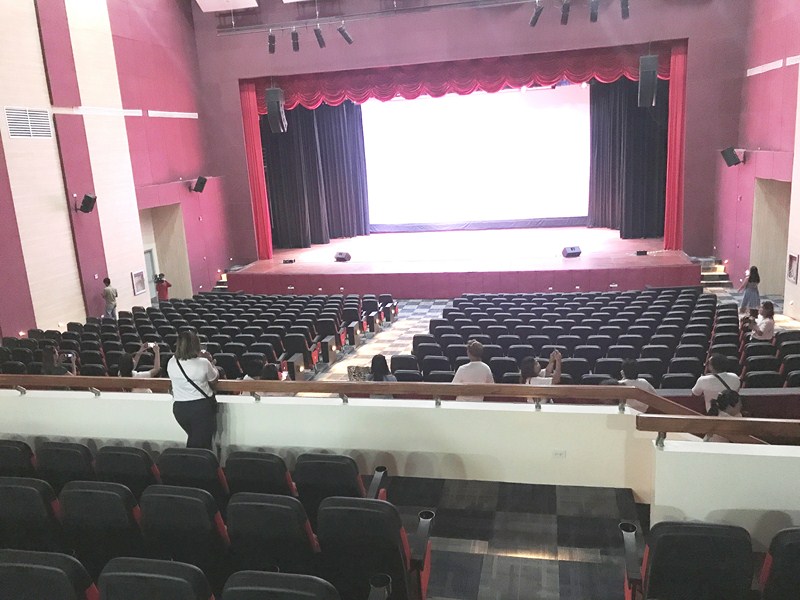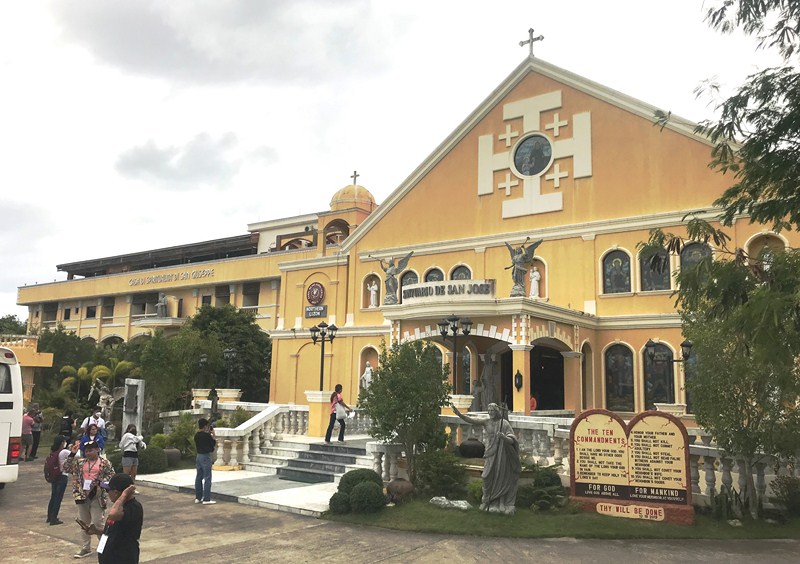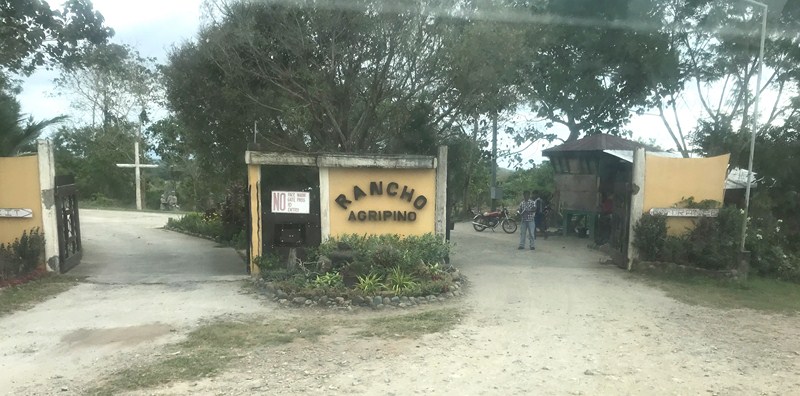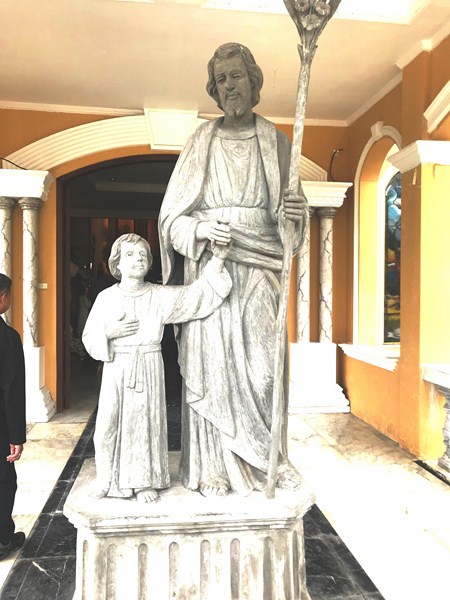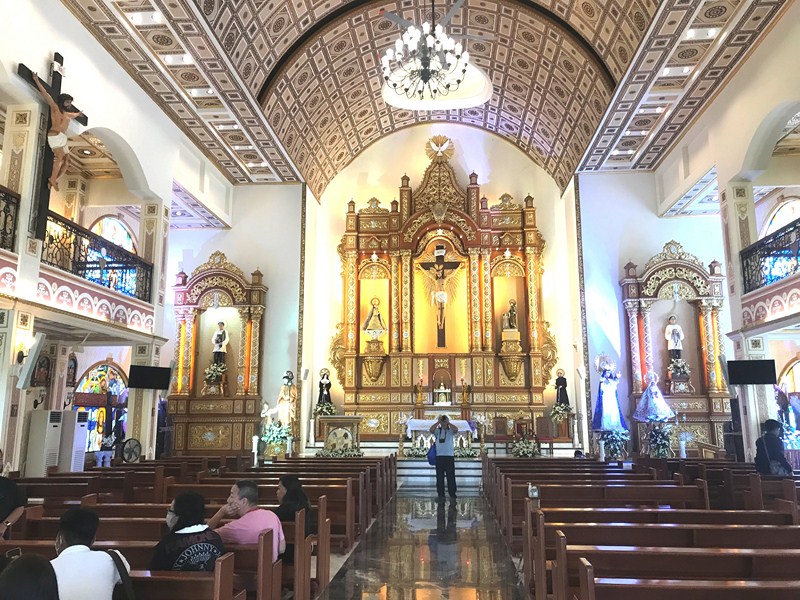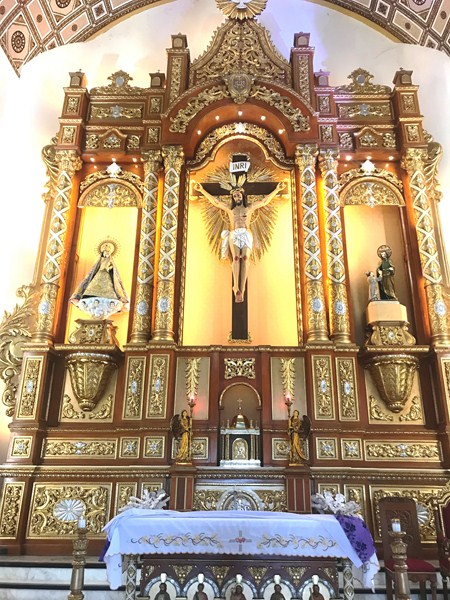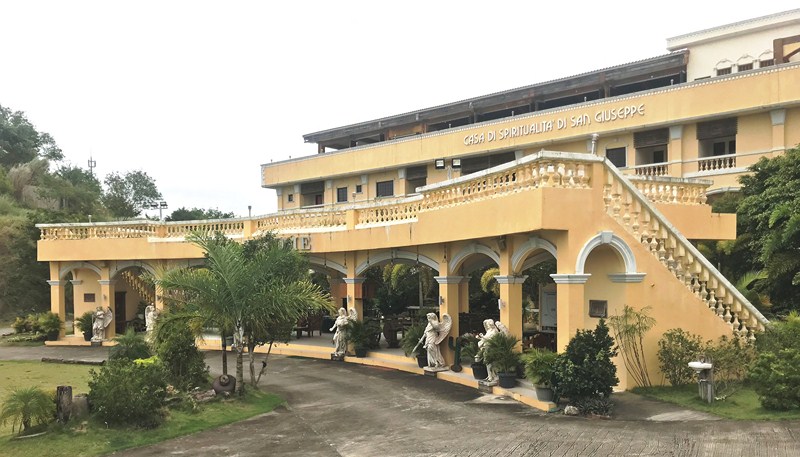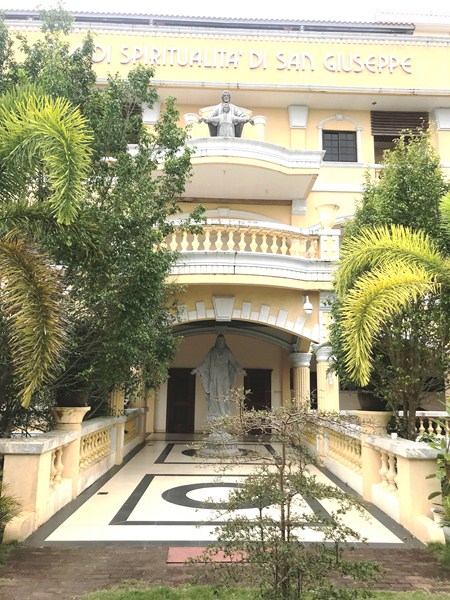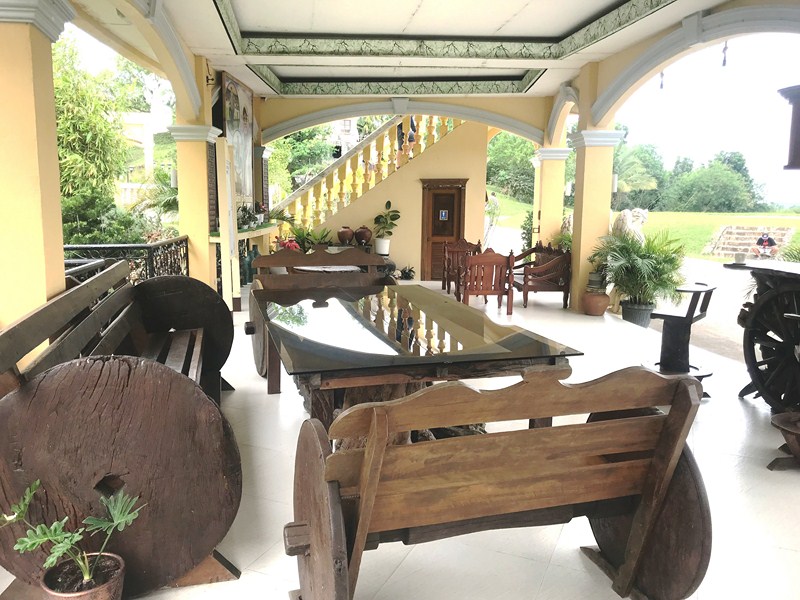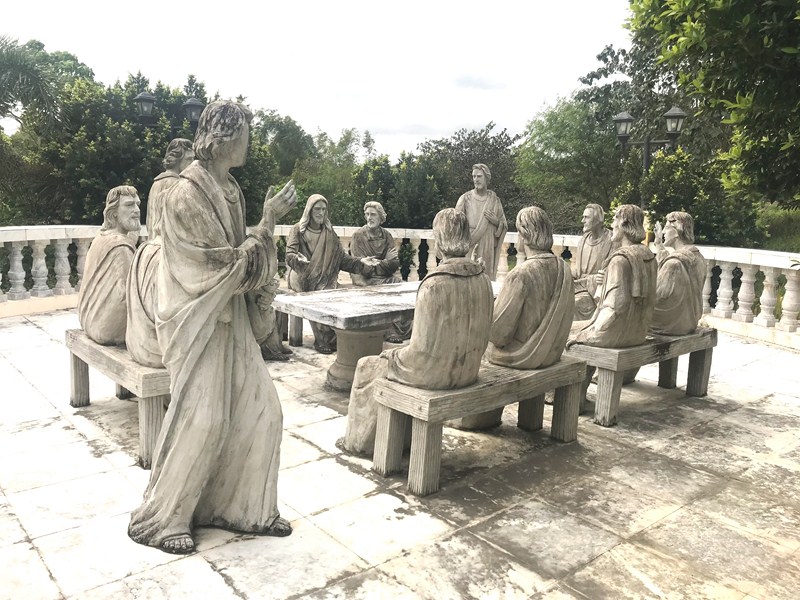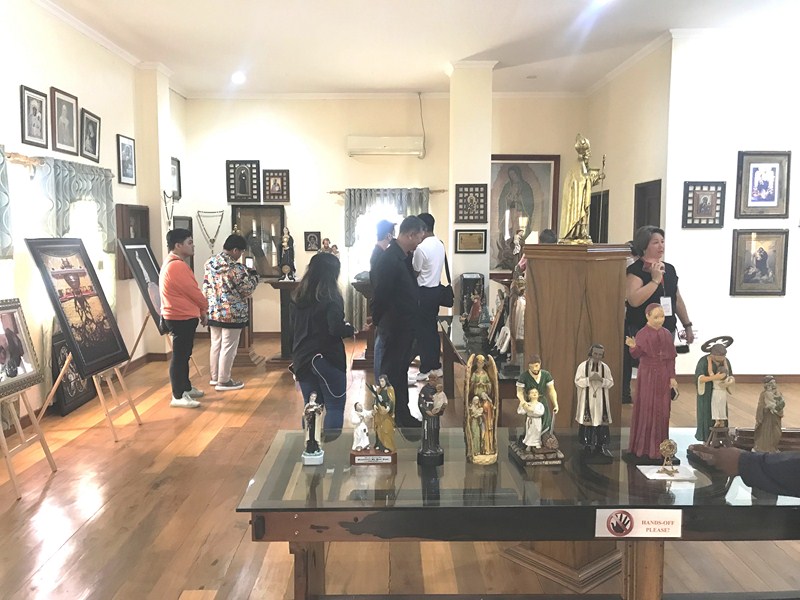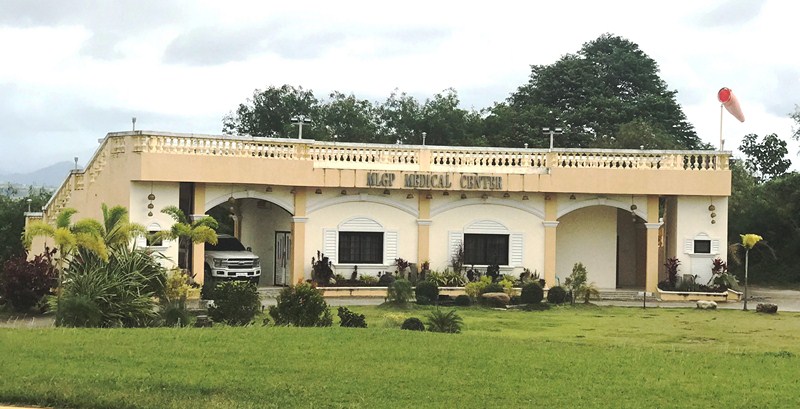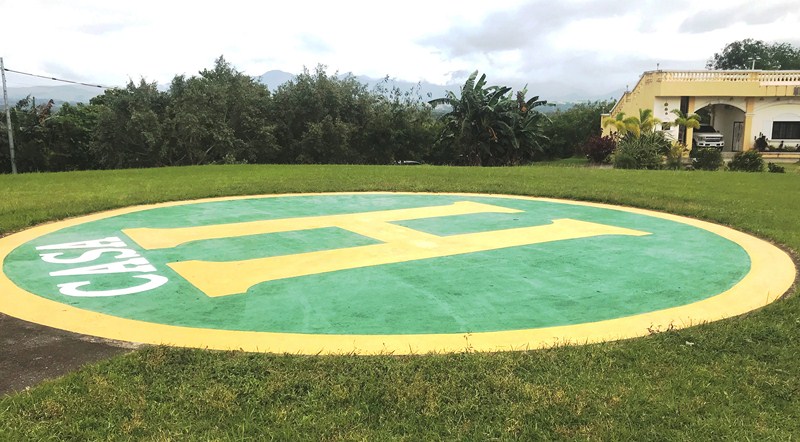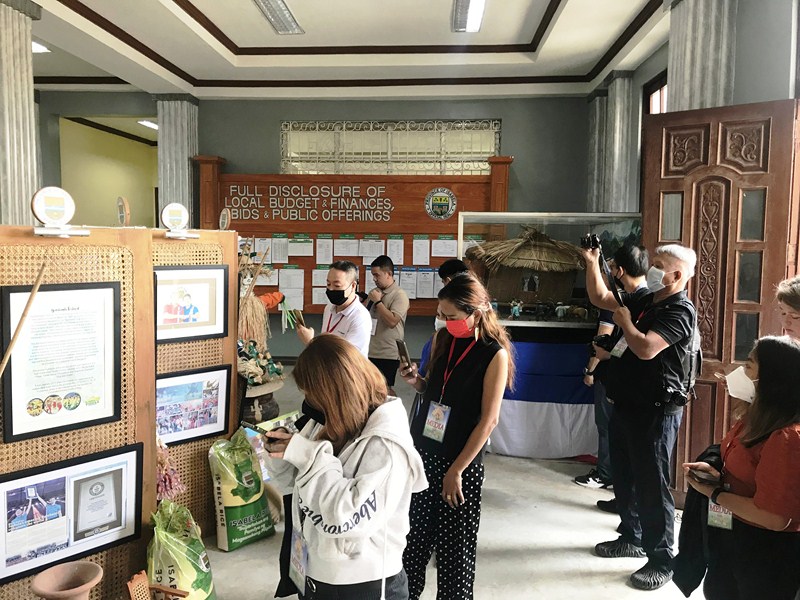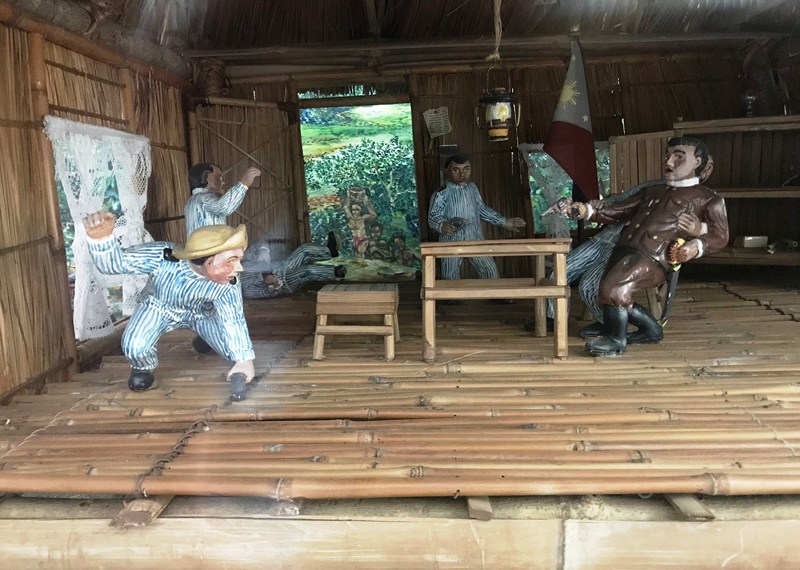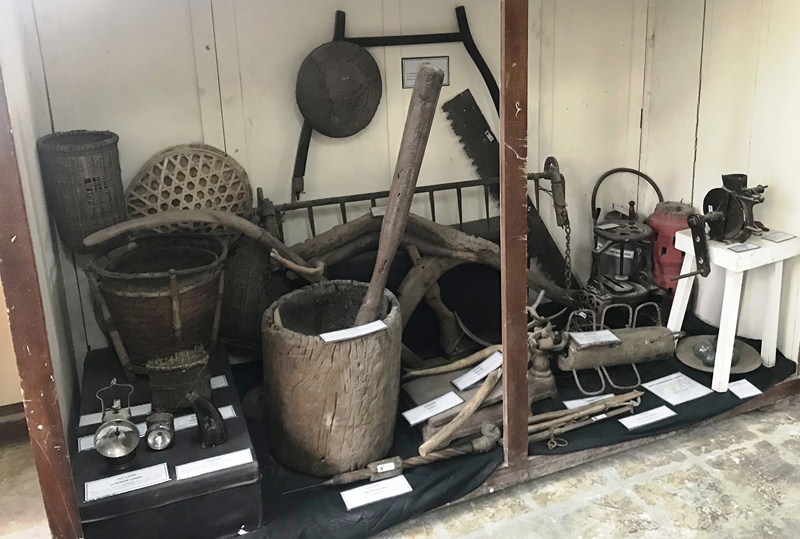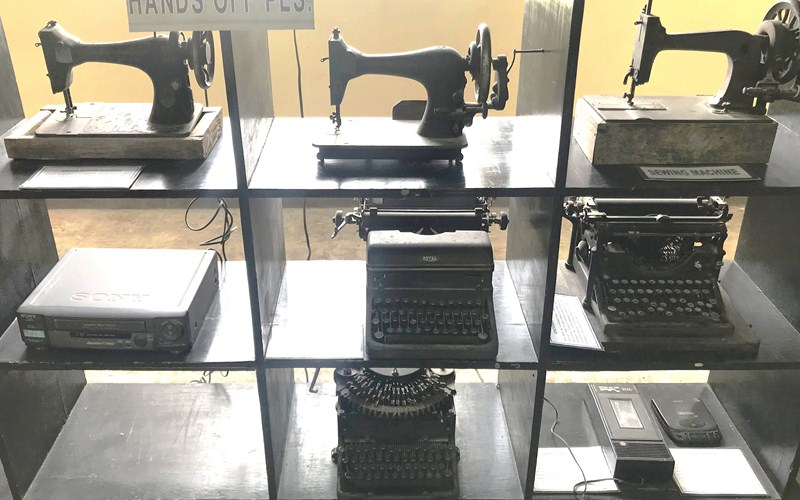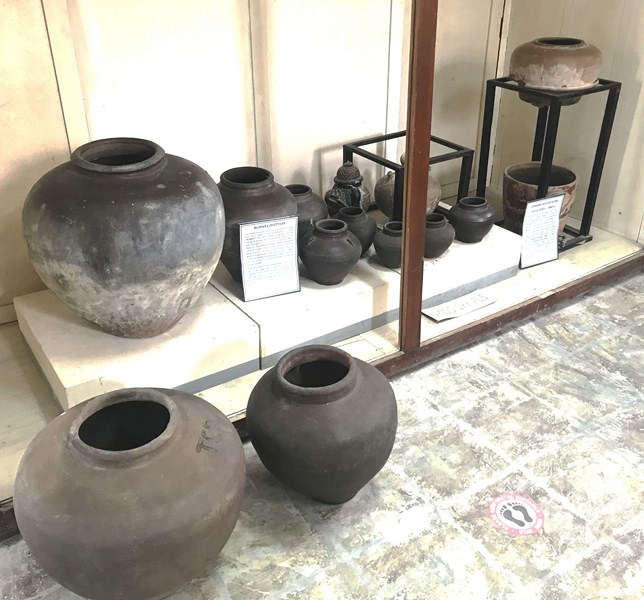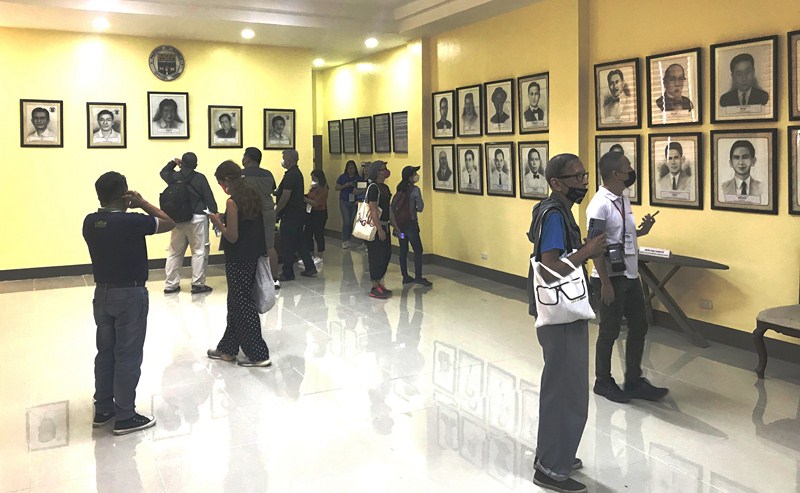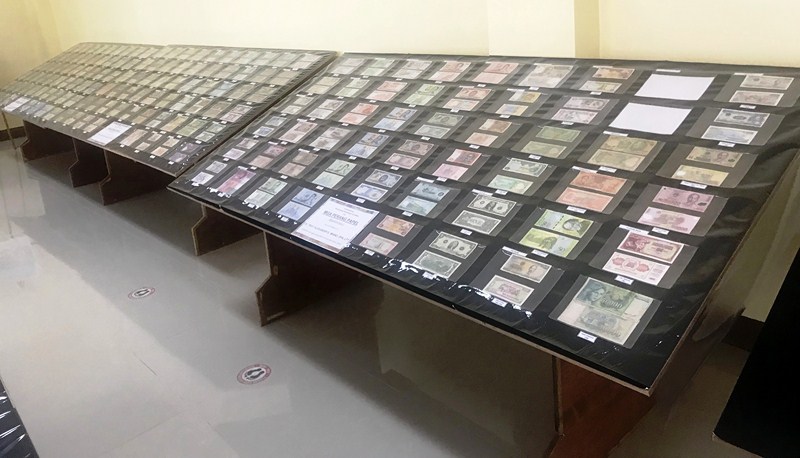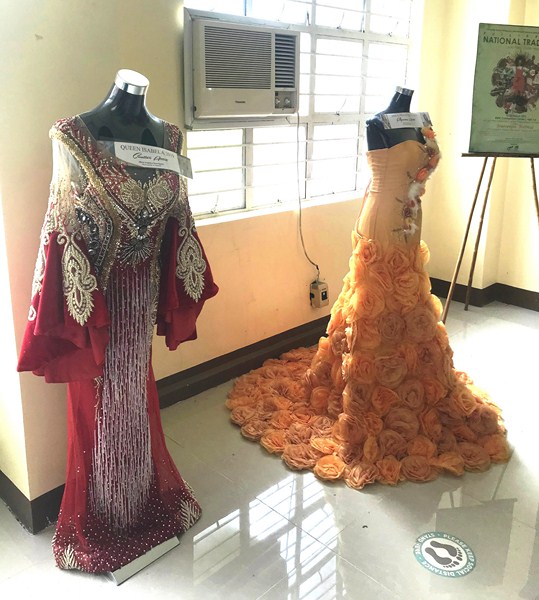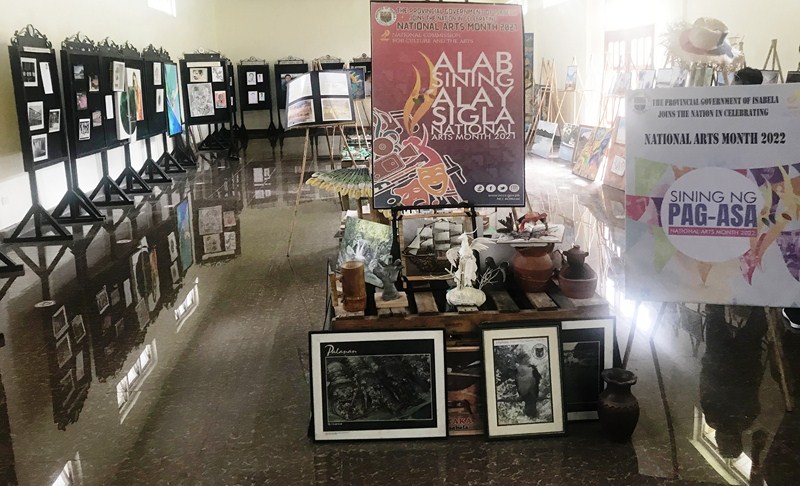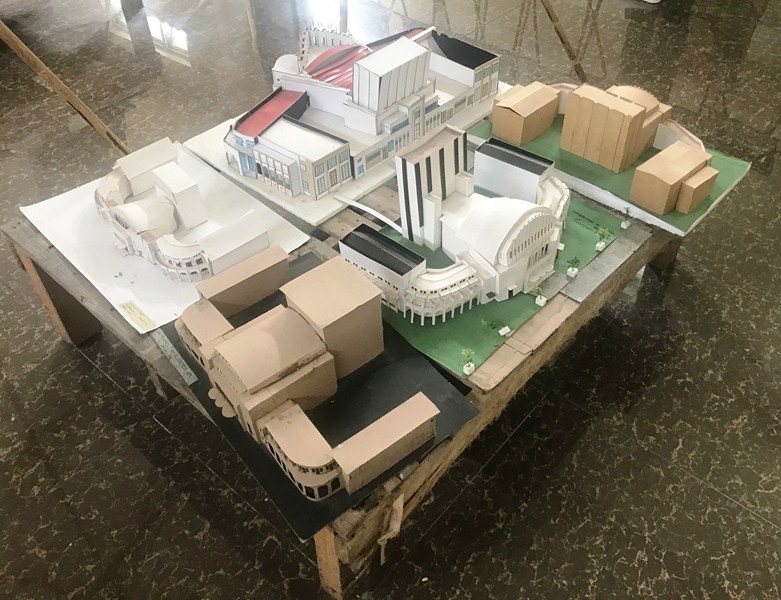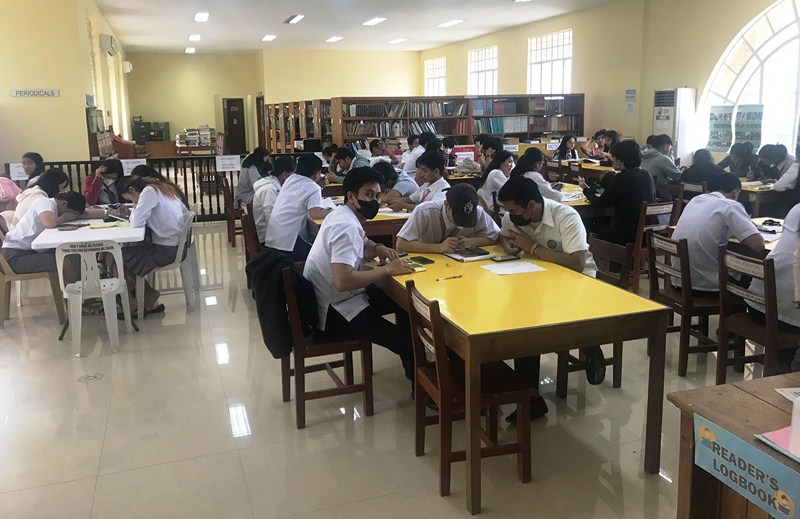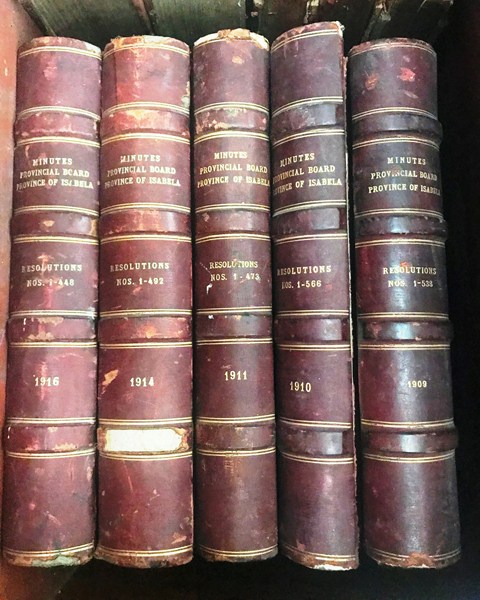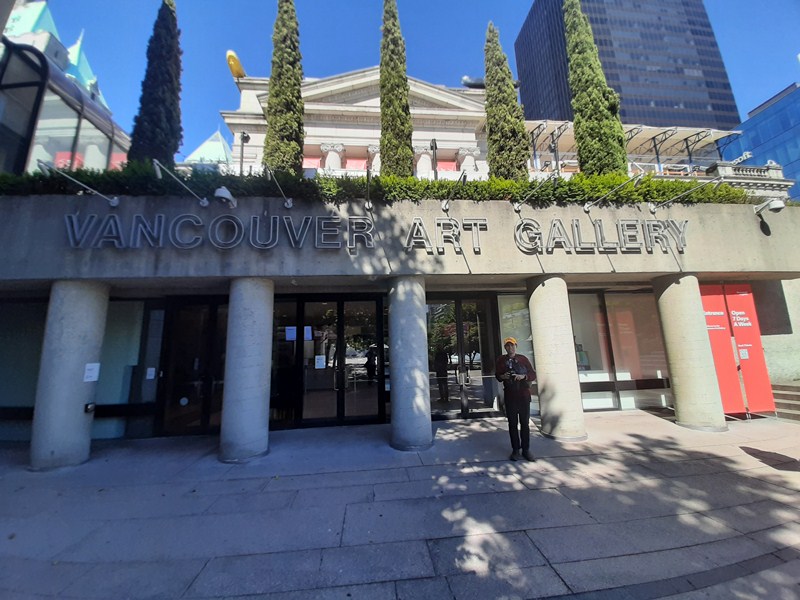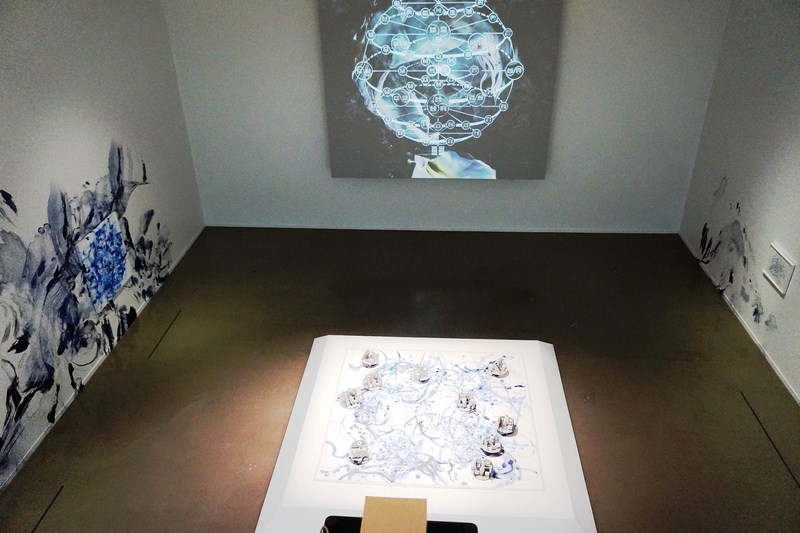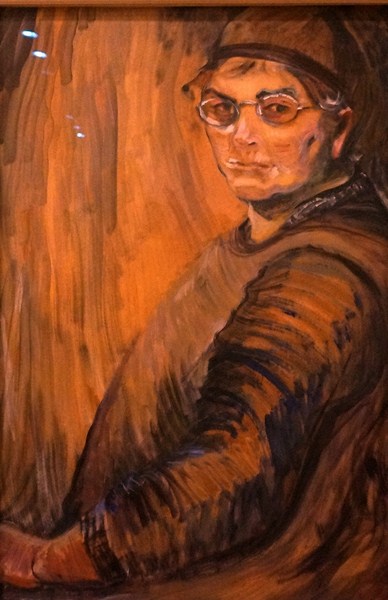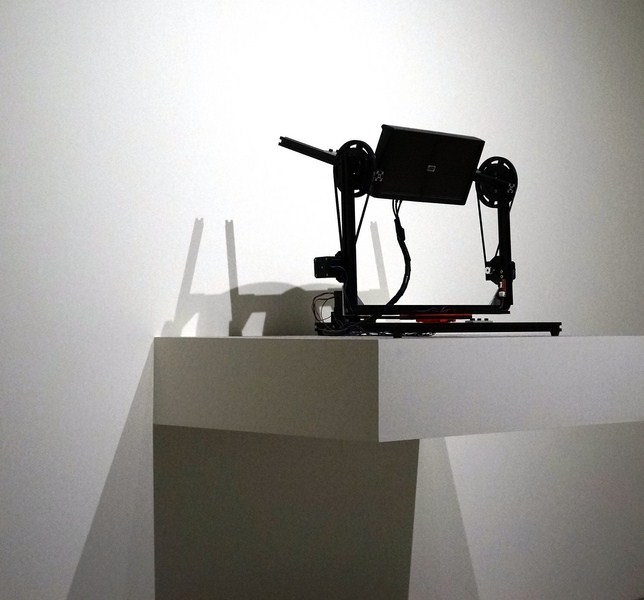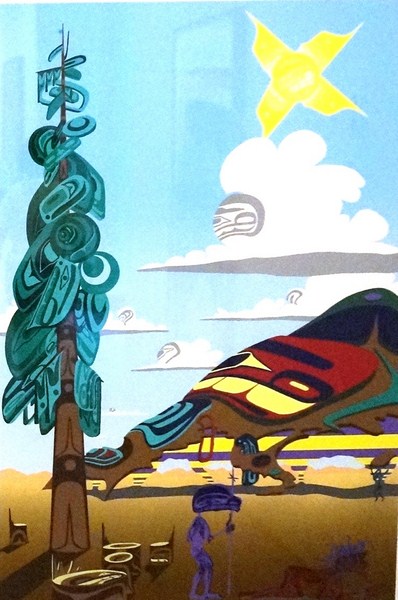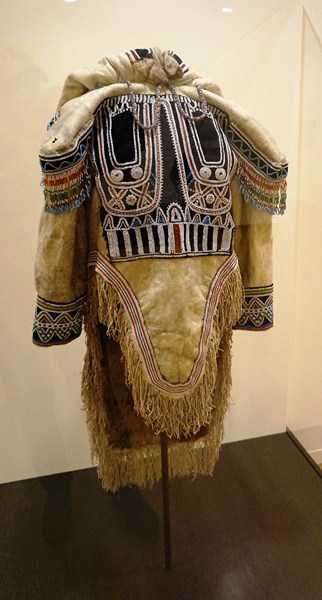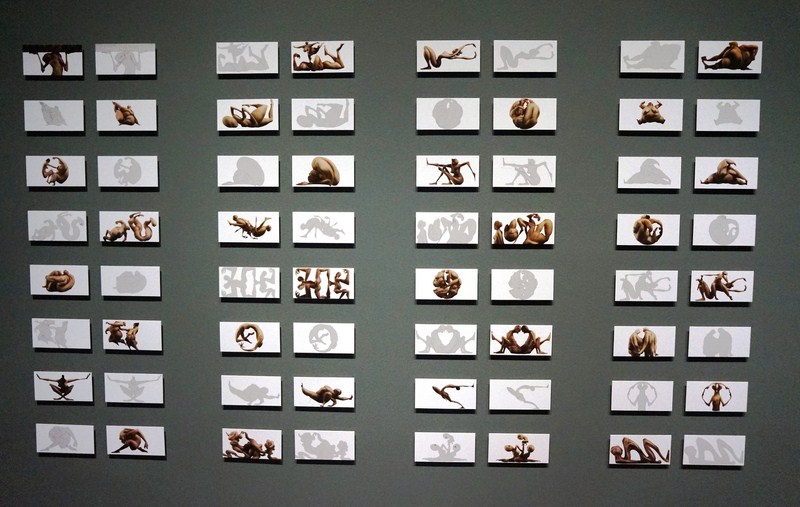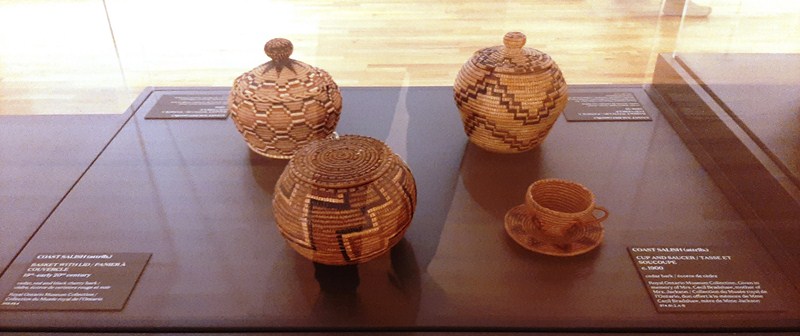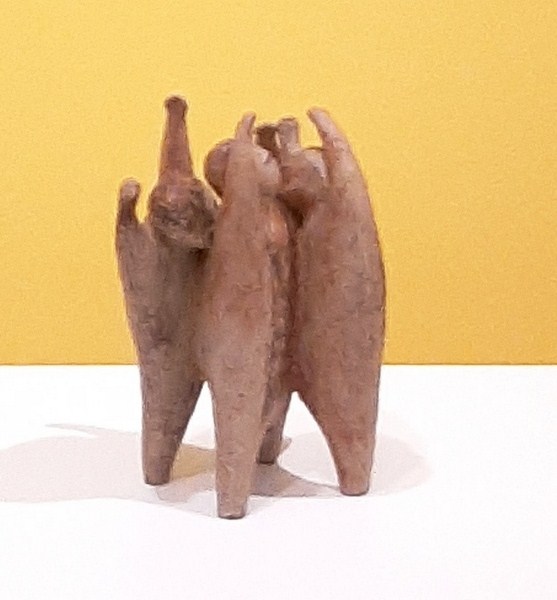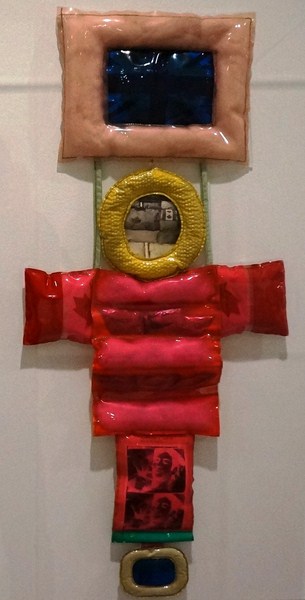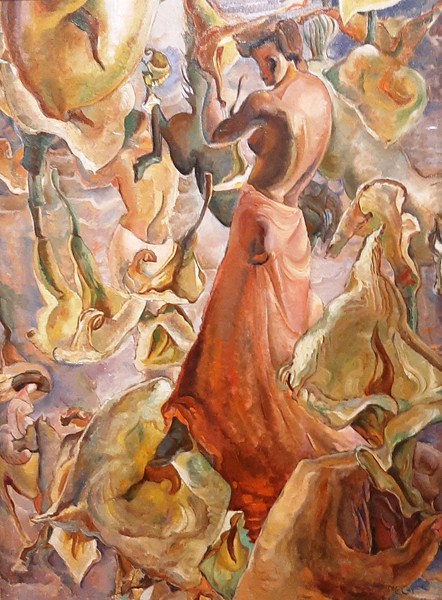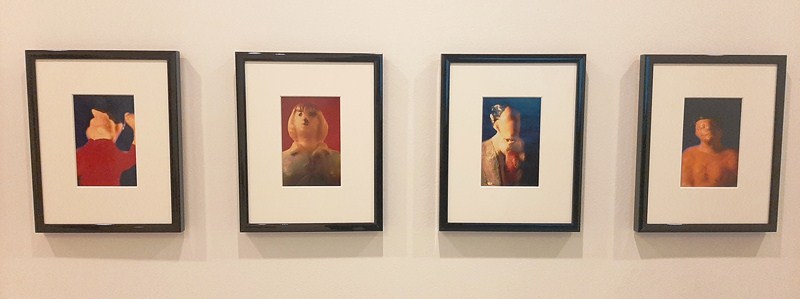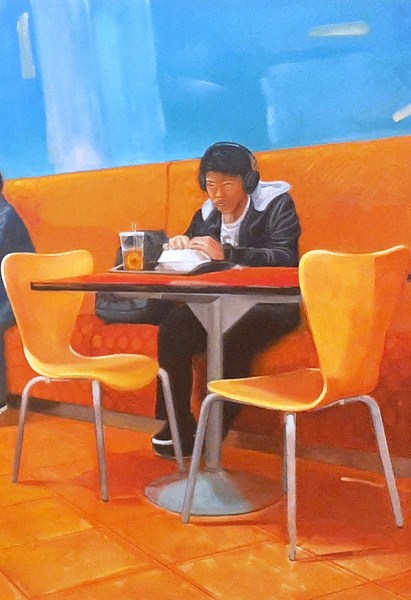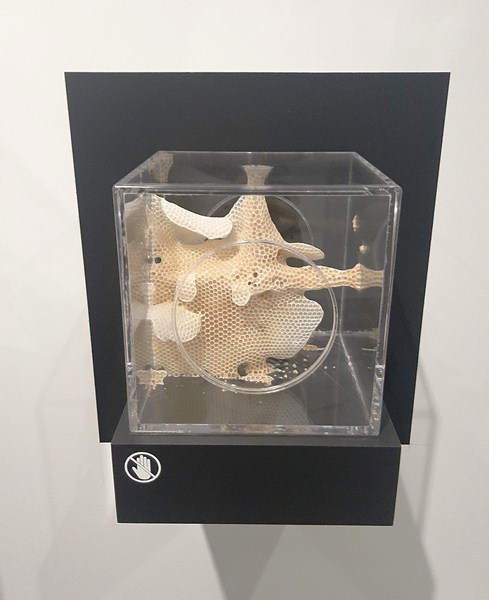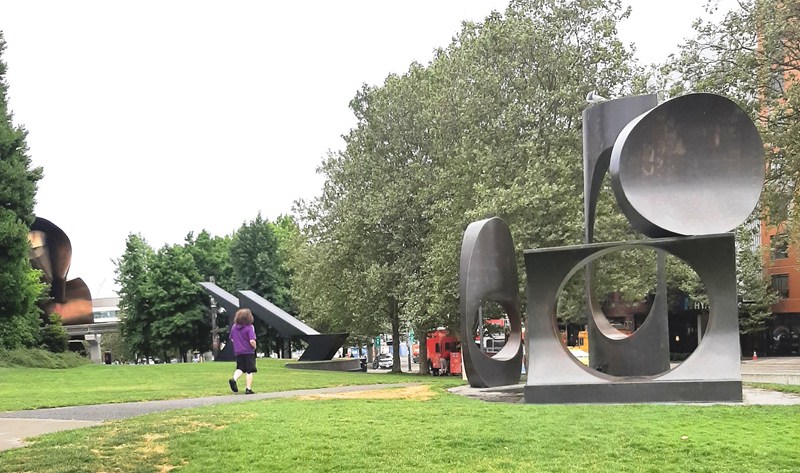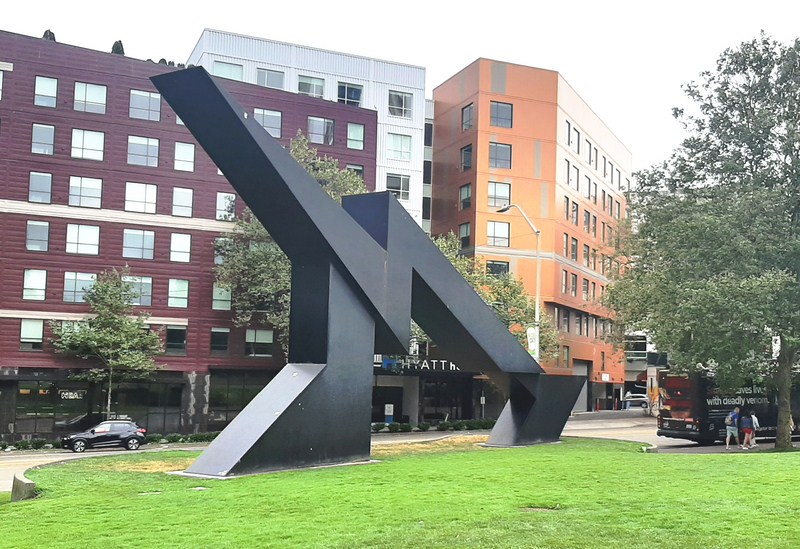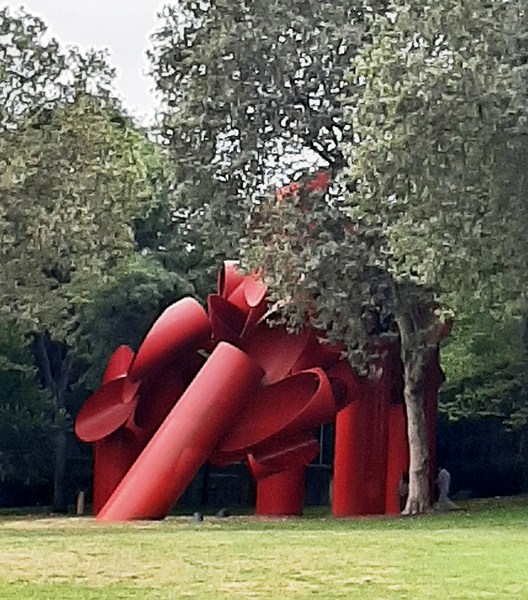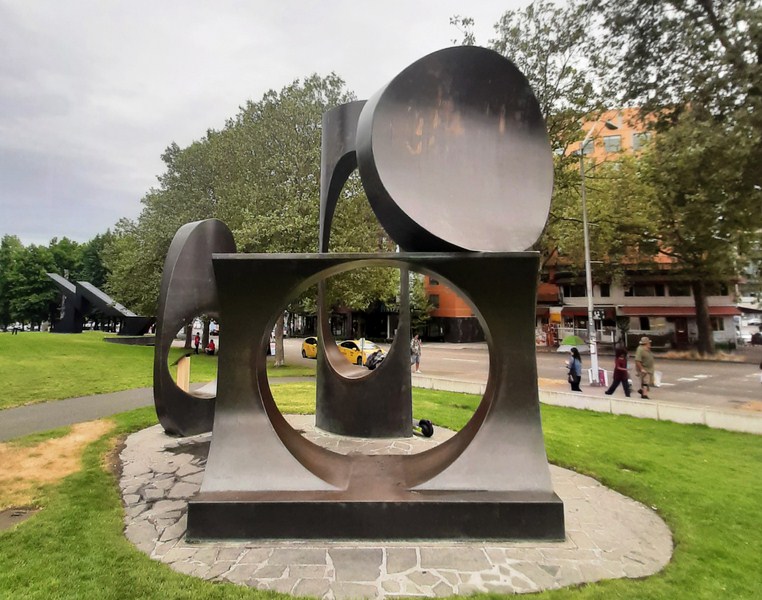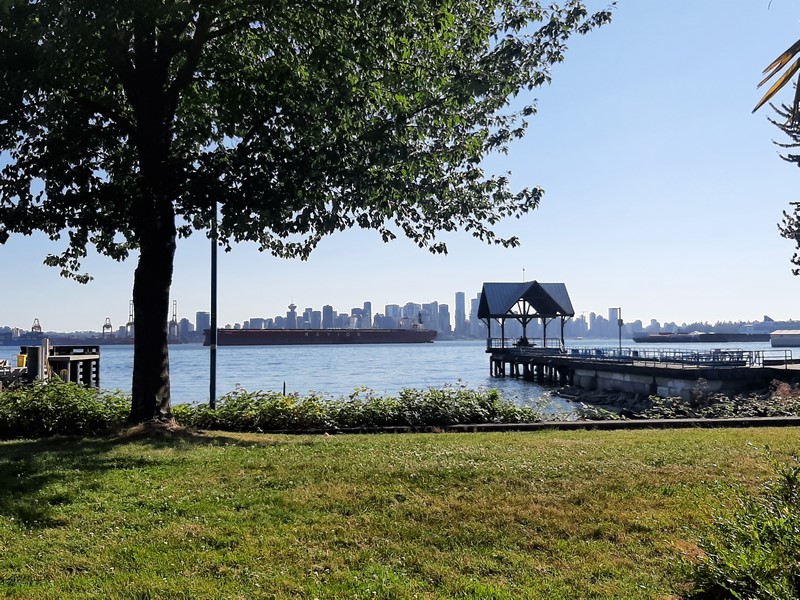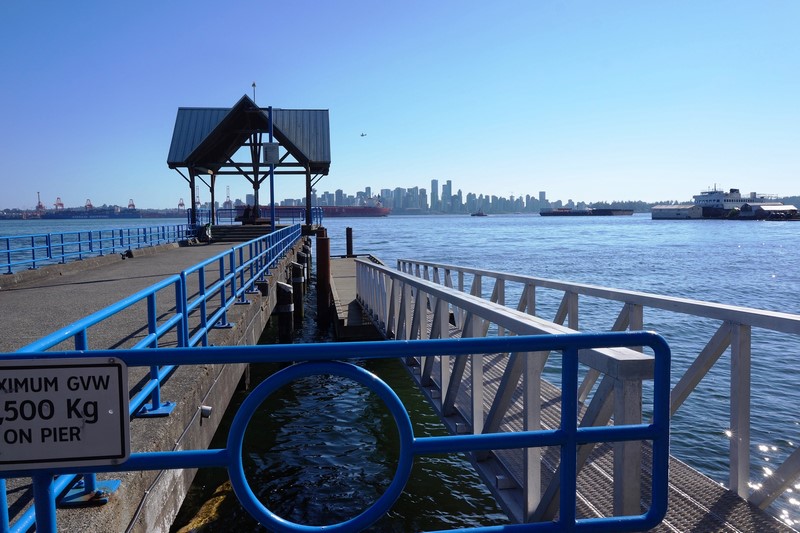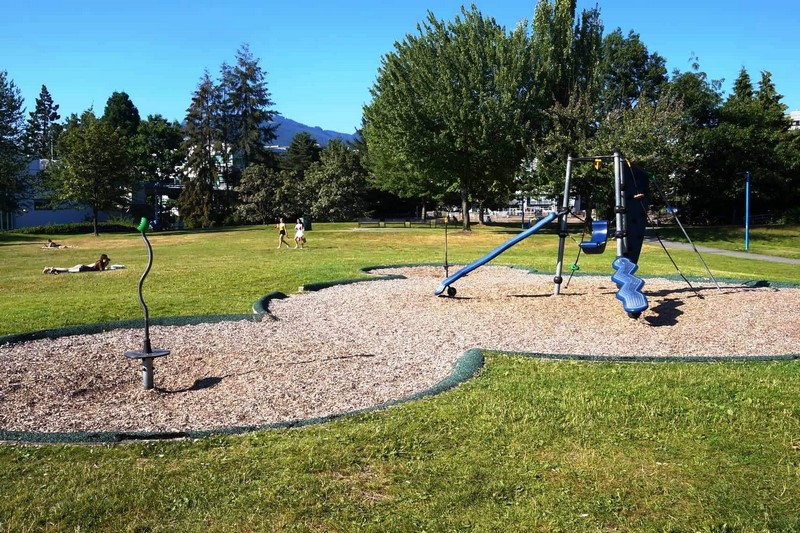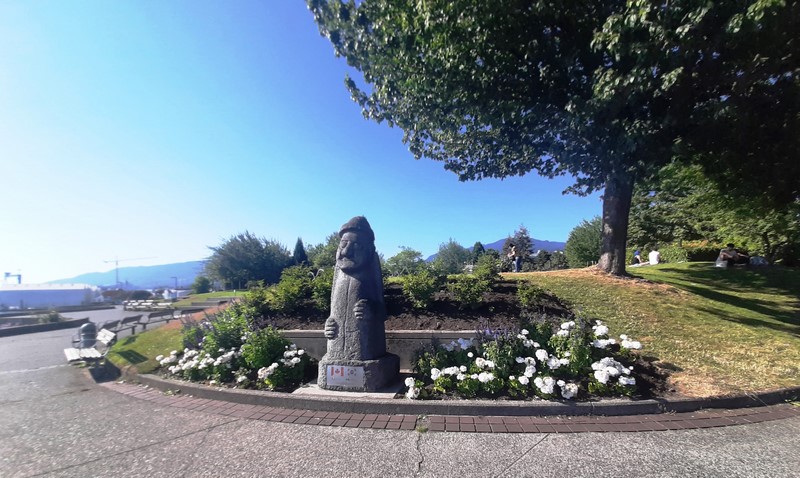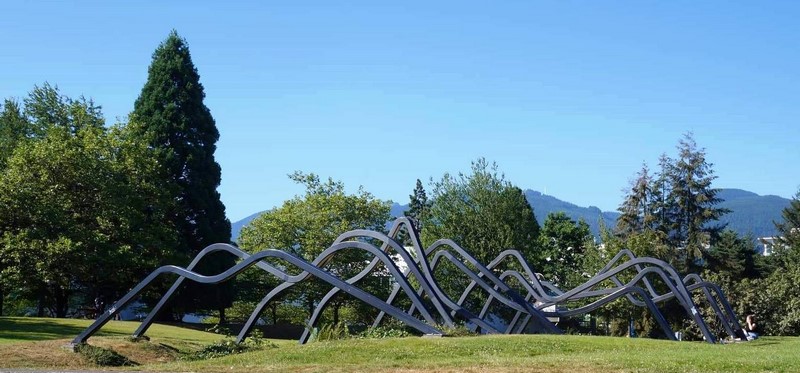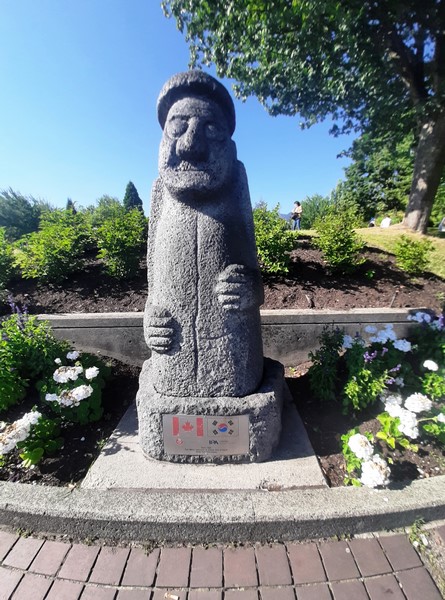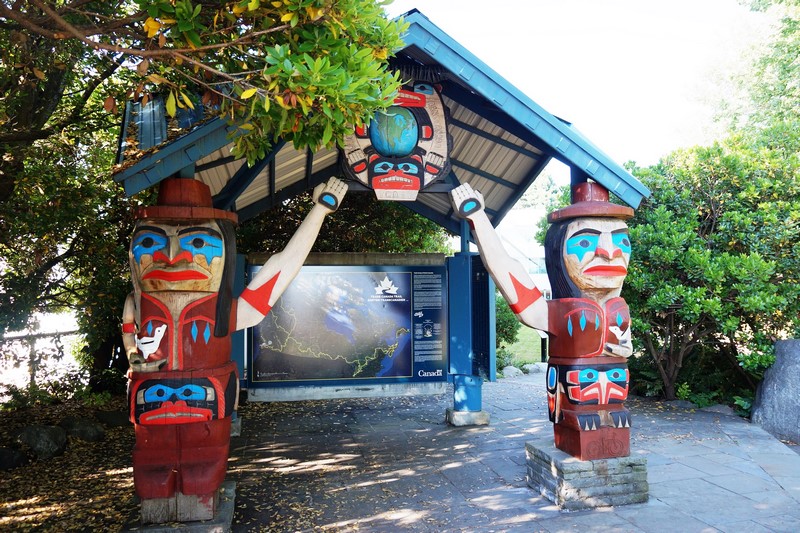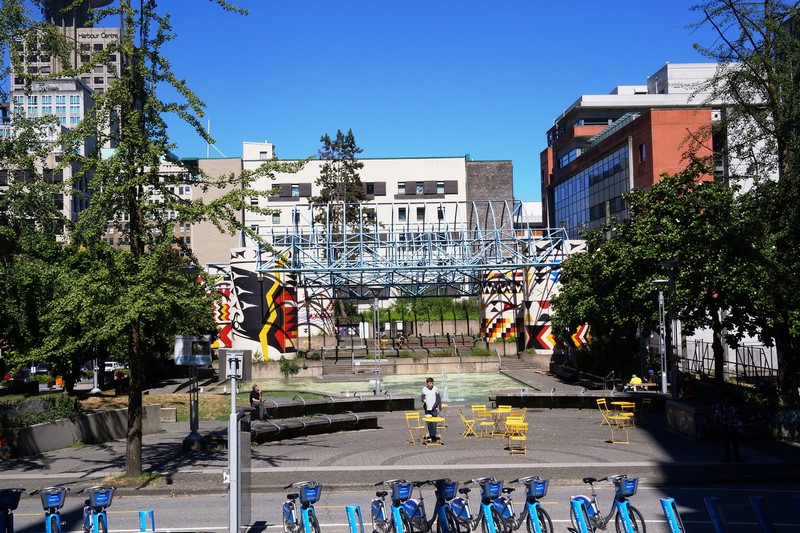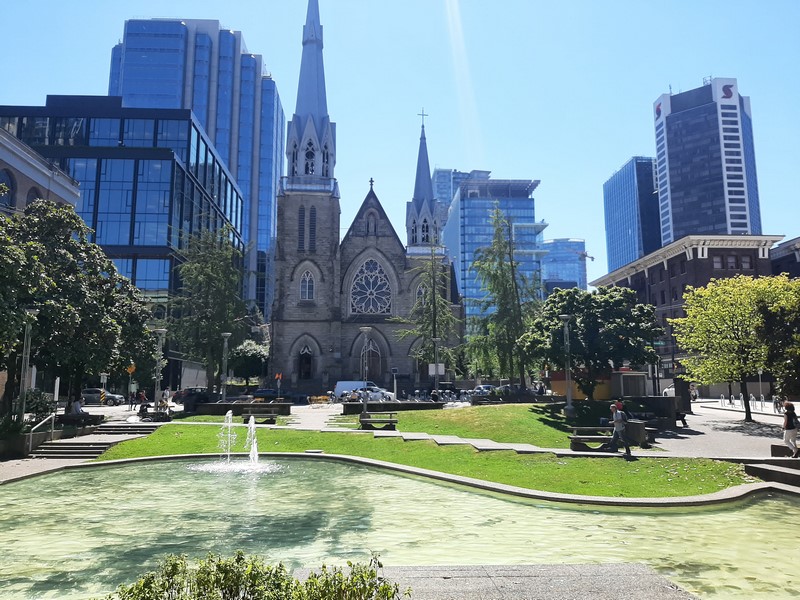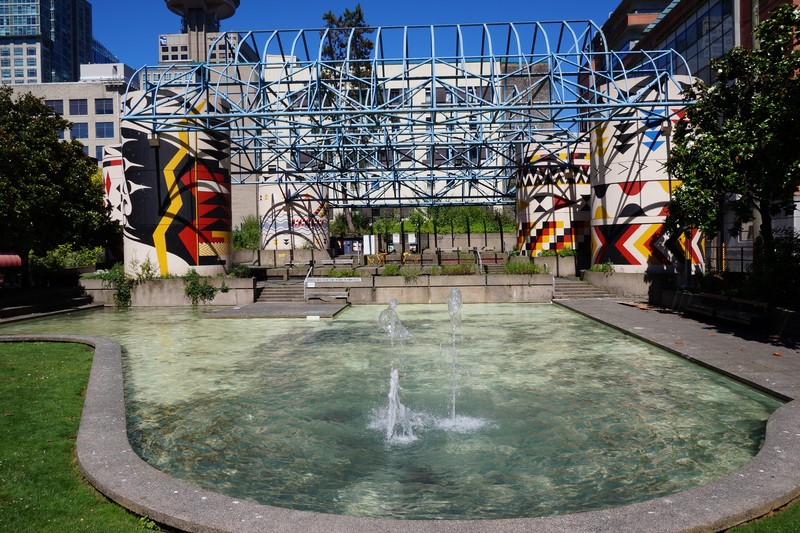The two-storey, 1,480 sq. m. Banaan Pangasinan Provincial Museum, rightfully housed in the historic Casa Real (built in the 1840s) beside the town hall in the heart of Lingayen, the capital town of the province, is a collaborative effort between the Provincial Government of Pangasinan and various cultural institutions, with the primary goal of preserving and promoting the province’s cultural legacy.
Check out “Casa Real (Lingayen)“
Formally inaugurated on September 8, 2023, the name Banaan is derived from the Pangasinense word meaning “meeting place” or “convergence.” It serves as a storehouse of diverse collection of Pangasinan’s history, heritage, ethnographic as well as contemporary art.
Among the collections to be presented in the museum include an assortment of artifacts from Pre-Colonial times such as ancient pottery, tools and ceremonial objects; traditional clothing and accessories, some crafts that will showcase the peculiar identity and customs of local villages; and also some contemporary masterpieces of modern Pangasinan artists.
The museum features eleven (11) galleries (three in the ground floor) that showcase the story of Pangasinan as a convergence point for culture, history, arts, education and innovation. Knowledgeable guides lead us through the museum’s collections, providing insights into the region’s history and culture.
Our hour-long guided tour of the museum began at the “Where the Asin and Bolo Embrace” Gallery at the Casa Real lobby where Pangasinan’s two major landscapes are featured -a salt farm in Dasol and verdant rice fields with bolo bamboo in the central part.
From there, we were led to the “Shape of Our Homeland” Gallery, an orientation room where there are chairs and a huge screen for video showing. It also has maps of the province’s congressional districts and a chart showing the founding dates of the Pangasinan towns and cities.
The Asin Gallery, the third gallery at the ground floor dedicated for changing exhibits, is an opportune platform to feature local artists and artisans, as well as notable personalities and their contributions in Pangasinan.
Depending on the theme and season, it will feature different art, culture, and history. During our visit, the Kaluyagan (meaning “province mates”) Art Exhibit, featuring works (some of it for sale) by 33 Pangasinense artists, based here and abroad, was ongoing.
Going up the granite staircase to the second floor, we entered the “Watered by the Hands of Ama-Gaolay” Gallery, the Natural Heritage Room where paintings of Pangasinan’s flora and fauna are displayed.
The province’s river systems are also highlighted. The Natural History Exhibit, a section dedicated to the region’s biodiversity, features preserved specimens (civet cat, giant clam, etc.), informative displays, and interactive learning stations.
The Descendants of Apolaqui Gallery feature myths and legends, such as the Legend of the Hundred Islands plus an painting of Princess Urduja by Margaret Estelle Blas.
The “Beachhead of Valor” Gallery displays World War II artifacts (helmet, canteen, military patches, etc.), a reproduction of the war-damaged façade of the Provincial Capitol Building and a model of a Japanese Mitsubishi A6M “Zero” fighter hanging on the ceiling. Mounted on the wall is an old photo of the damaged Provincial Capitol Building and wartime newspaper clippings.
The “Festivals by the Sea and the Fields” Gallery features traditional life and the festivals held by the towns in Pangasinan.
The “Pilgrims Who Responded to the Call” Gallery delves on the Pangasinense’s religiosity, Our Lady of Manaoag and the religious movement in the 20th century. Here, churches and faith healers are highlighted.
The “Patriots and Nation Builders” Gallery delves on the history and development of the province and the provincial contributions to the national identity of the country.
Featured here are outstanding Pangasinenses such the late President Fidel V. Ramos (from Lingayen); writer and novelist Maria P. Magsano; educator, suffraguette and social worker Geronima T. Pecson (from Lingayen) and Speaker of the House of Representatives Eugenio P. Perez (from San Carlos City).
Also given a place of honor are actor, director, producer and National Artist (2006) Fernando Poe Jr. (from San Carlos City); National Artist for Theater and Design (2003) Salvador Bernal (from Dagupan City); painter and National Artist (1976) Victorio C. Edades (from Dagupan City) and writer and National Artist for Literature (2001) Francisco Sionil Jose (from Rosales).
The Heritage Exhibits features rich displays of traditional clothing, accessories, and crafts that reflect the unique identity and customs of the local communities.
The other galleries feature hand-embroidered veils; a replica of the Bolinao Skull (with its gold dental ornamentation); scaled models of the Casa Real and Provincial Capitol Building; small replicas of a bahay kubo, a Chinese junk, a Pangasinan Transport Co. (Pantranco) bus, the 0-6-2 side tank locomotive of the Manila-Dagupan Railway and even a bull-drawn cart full of baskets that were sold in a caravan.
To enhance the visitor experience, Banáan also has a carefully curated Gift Shop that offers unique souvenirs, local crafts, books, and artwork.
Aside from guided tours, Banaan also offers special programs and activities, such as workshops, lecture series and cultural festivals. There are dedicated spaces for educational interactive workshops on traditional crafts, painting, music, and dance, which allow visitors to experience Pangasinan’s living cultural heritage firsthand, as well as for lecture series where invited speakers and experts will share their expertise on various aspects of Pangasinan’s history, archaeology, and culture.
Banaan also hosts regular cultural events and festivals showcasing the vibrant traditions and celebrations of the region.
Banaan Pangasinan Provincial Museum: Poblacion, Lingayen, Pangasinan. Coordinates: 16.019805°N 120.230341°E. Entrance to the museum is via an online reservation system (launched last September 4) incorporated in the “See Pangasinan” website. The link is promoted through the PTCAO/See Pangasinan Facebook page. Walk-ins are not allowed yet.


